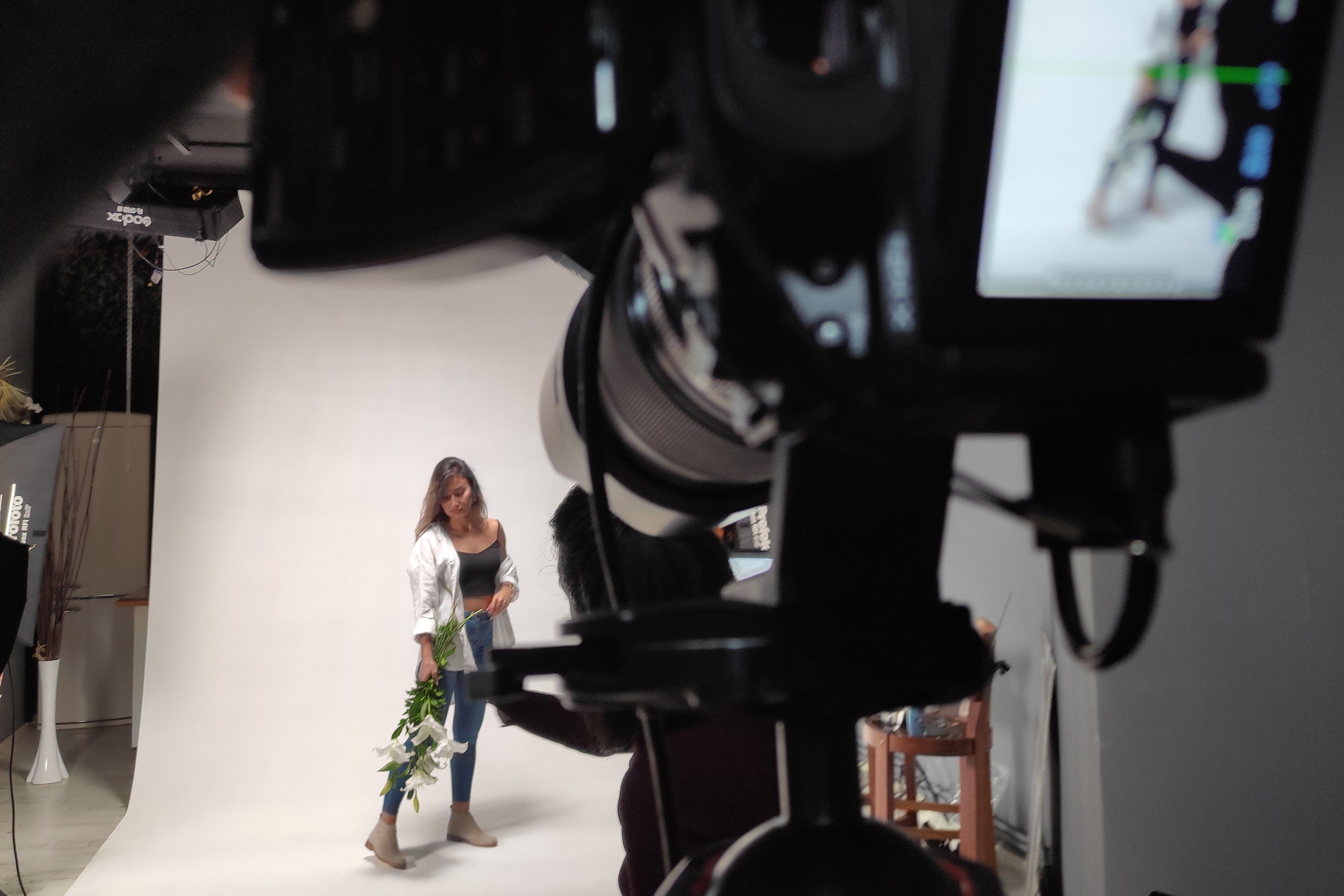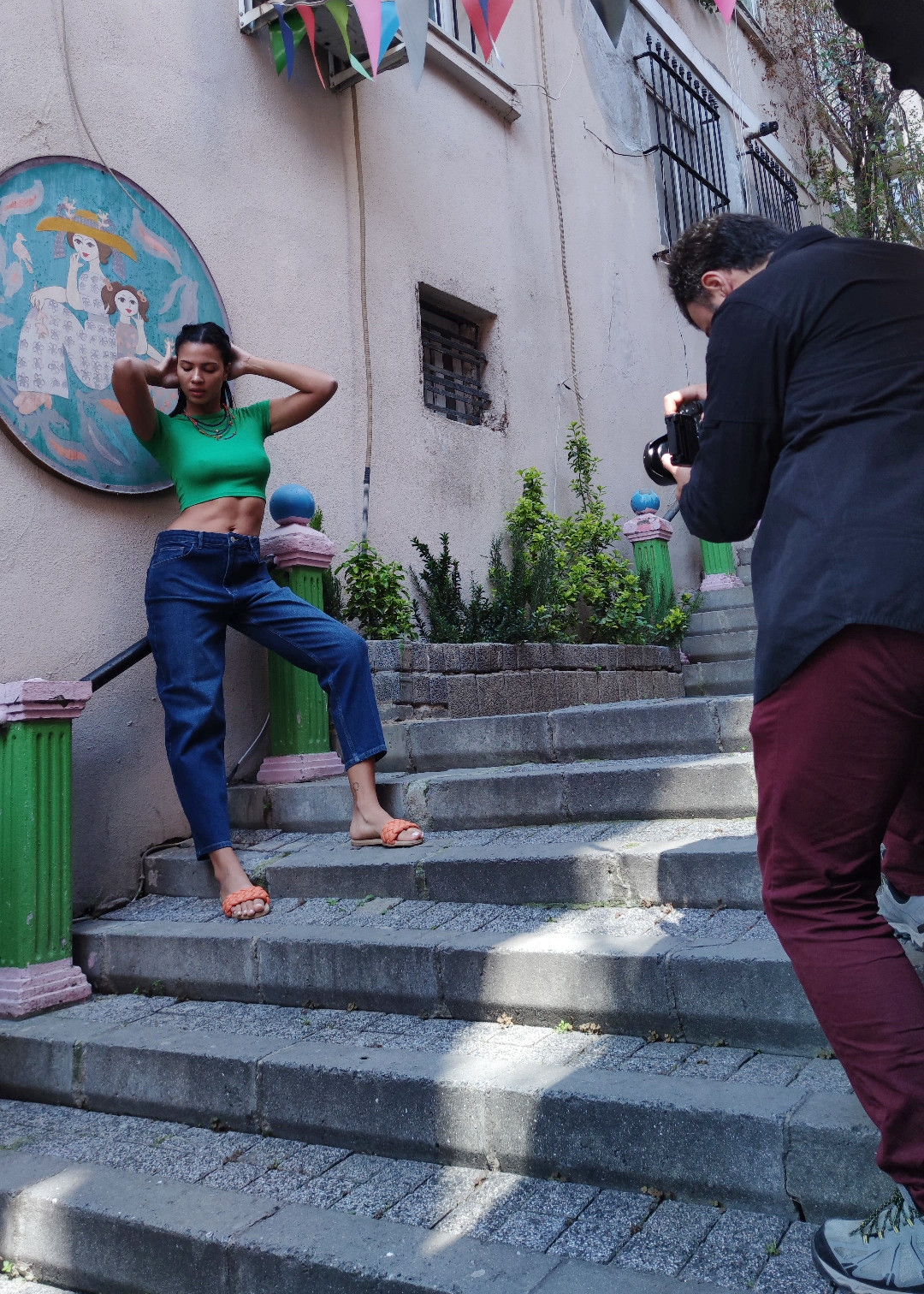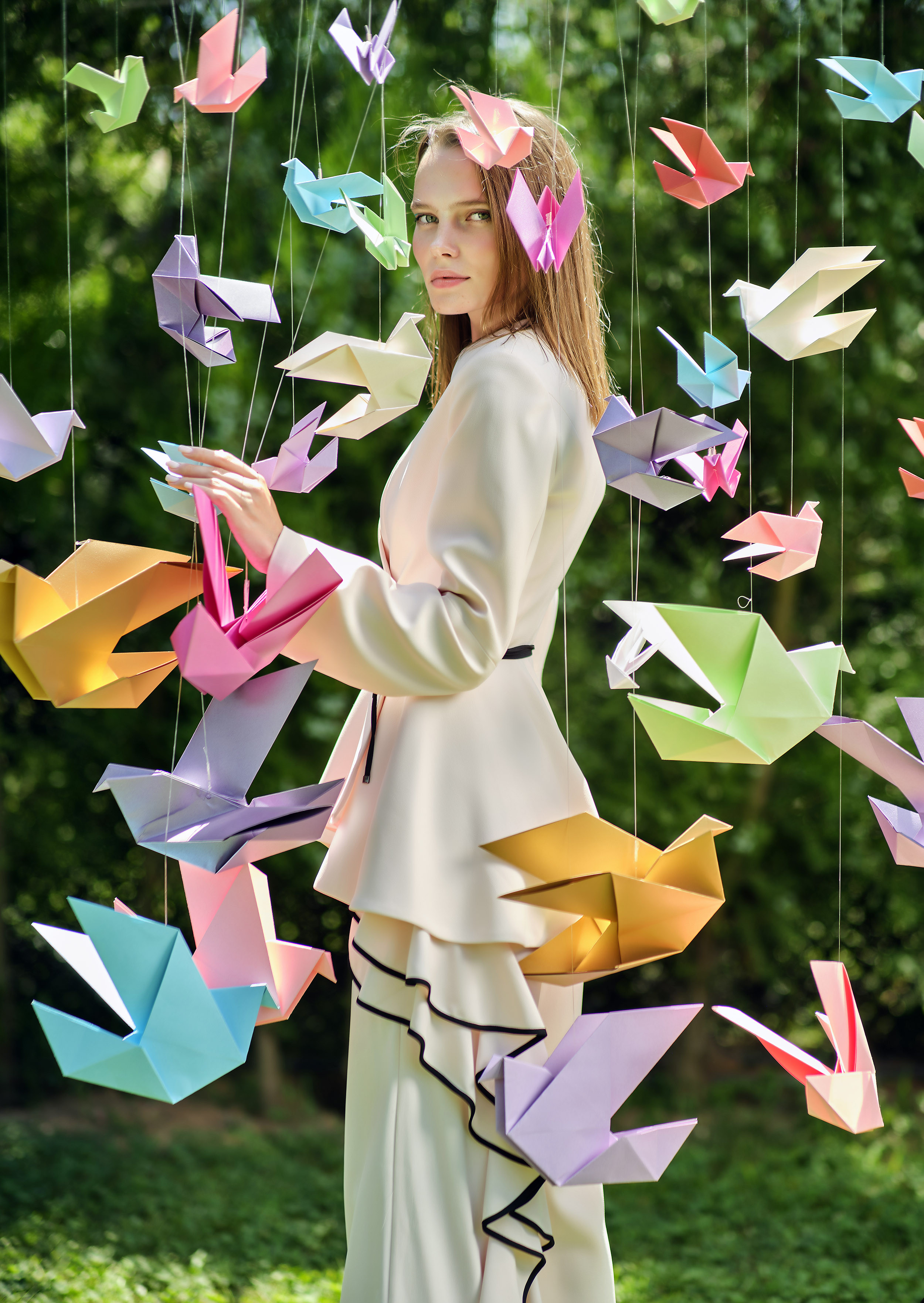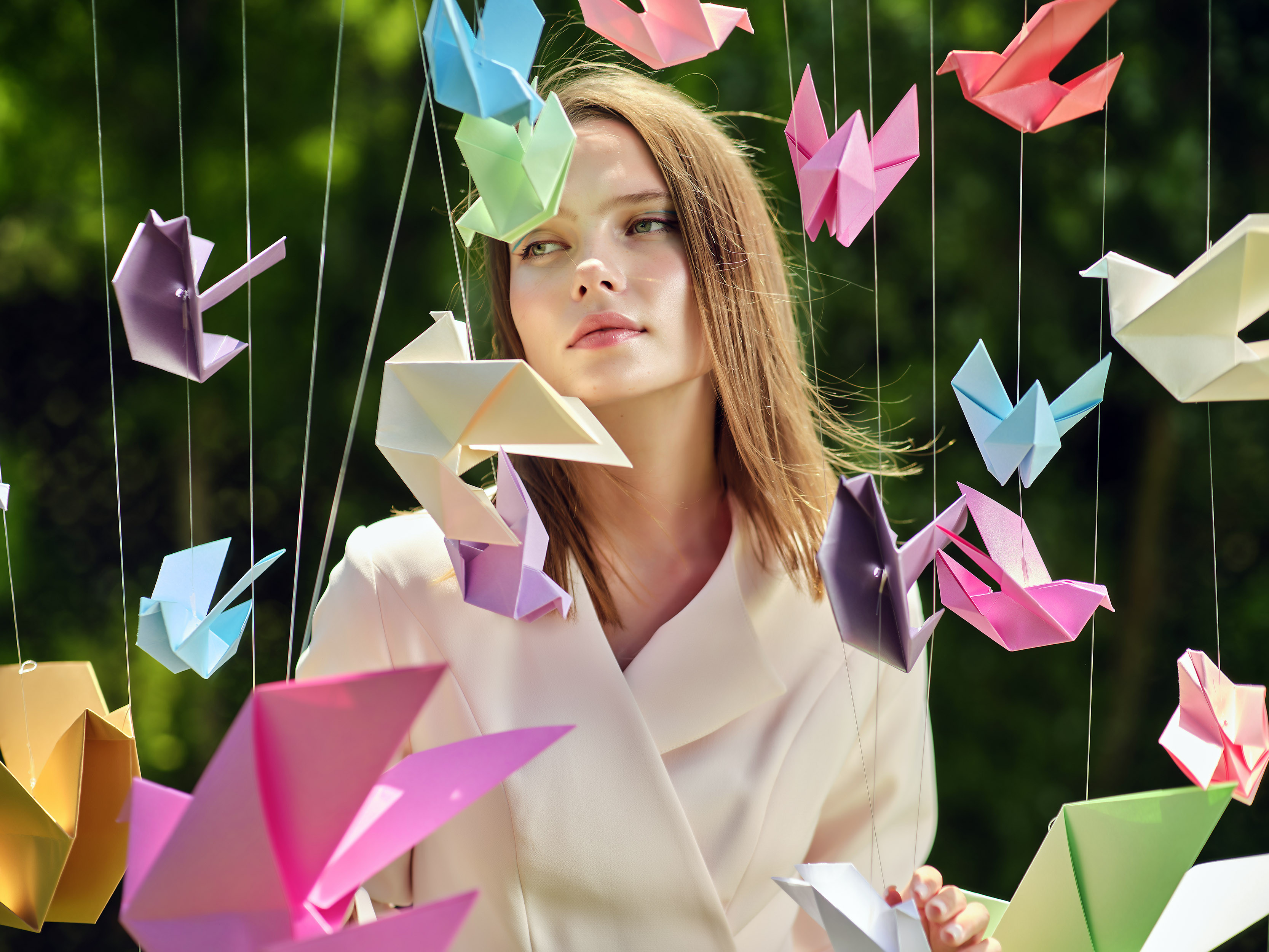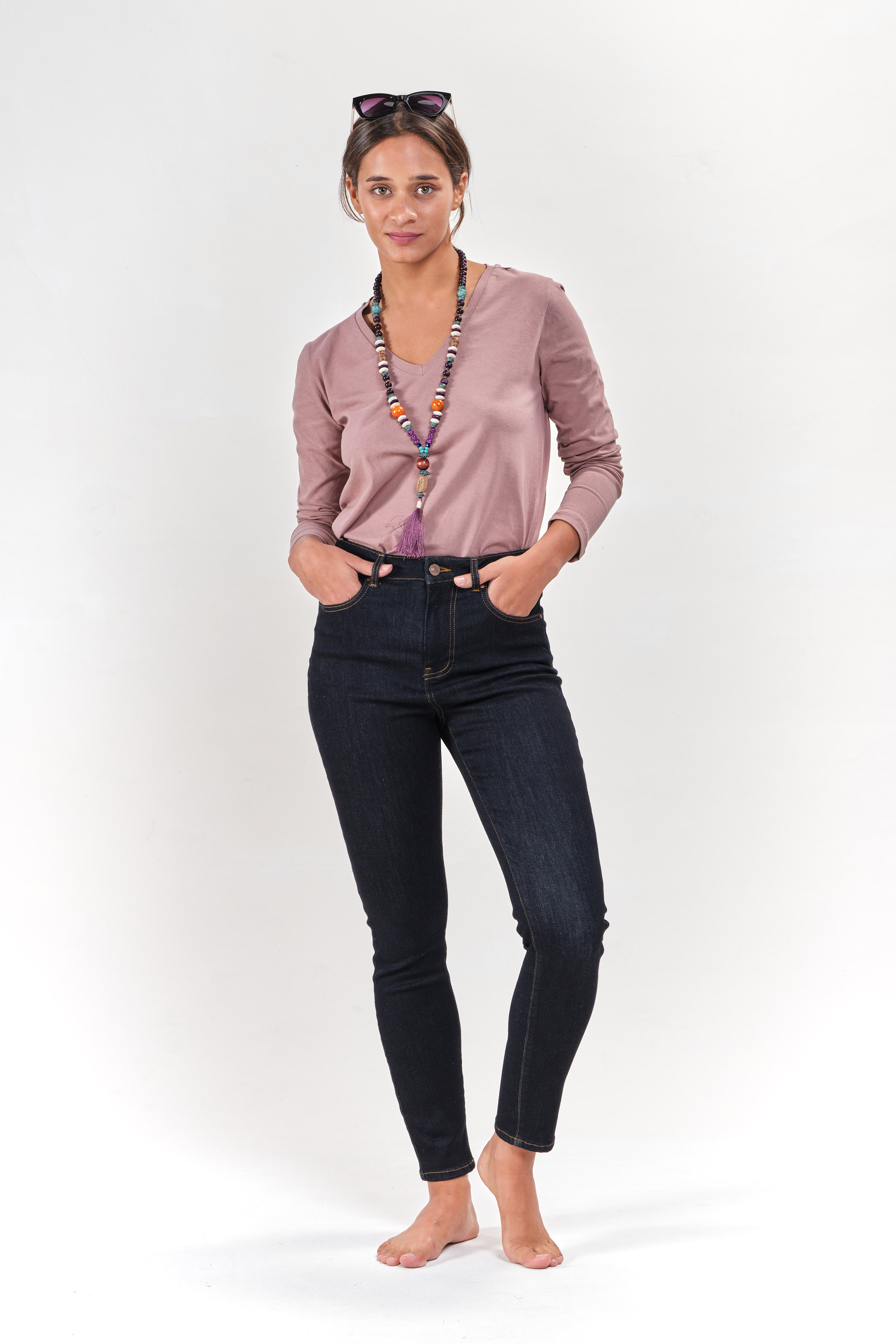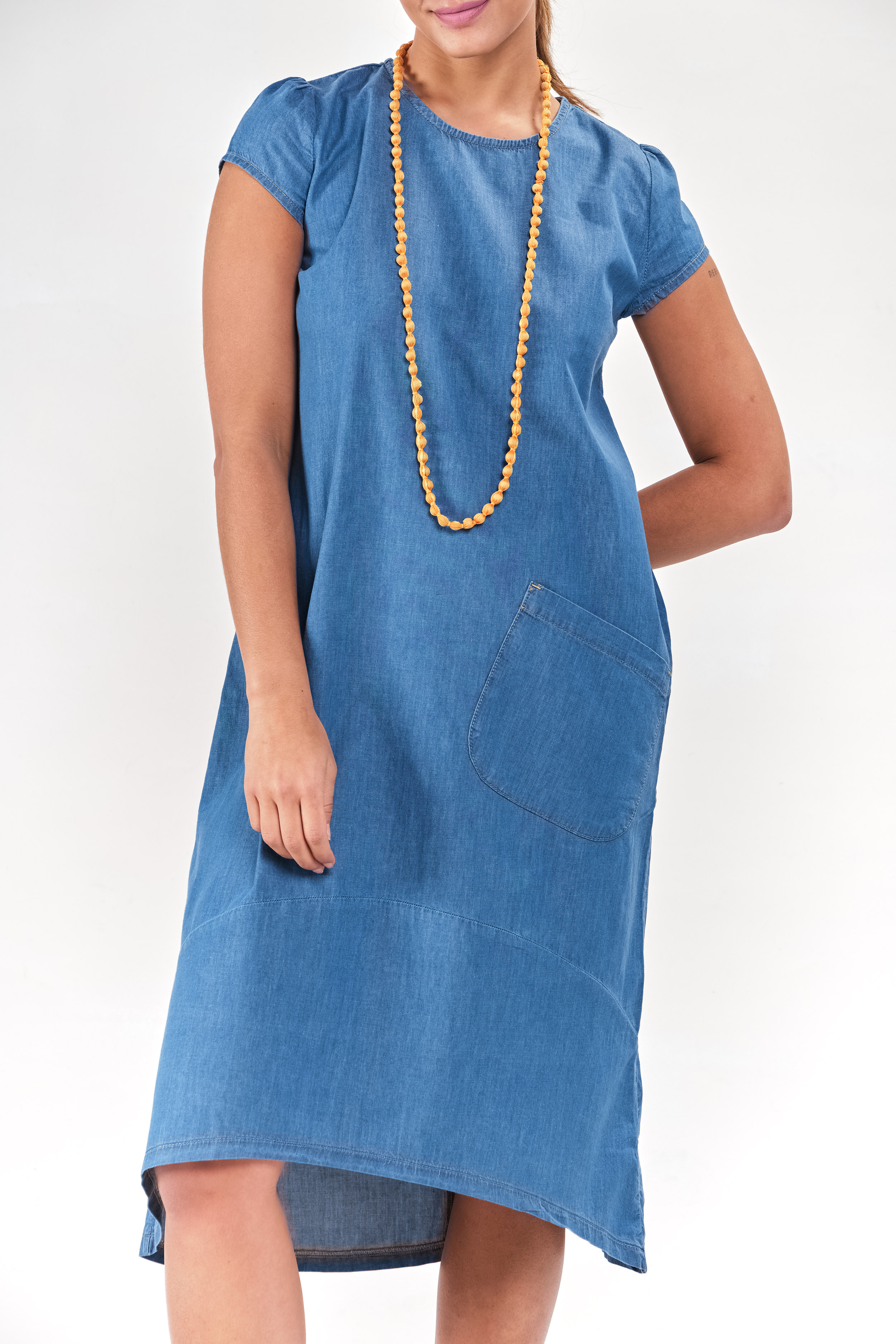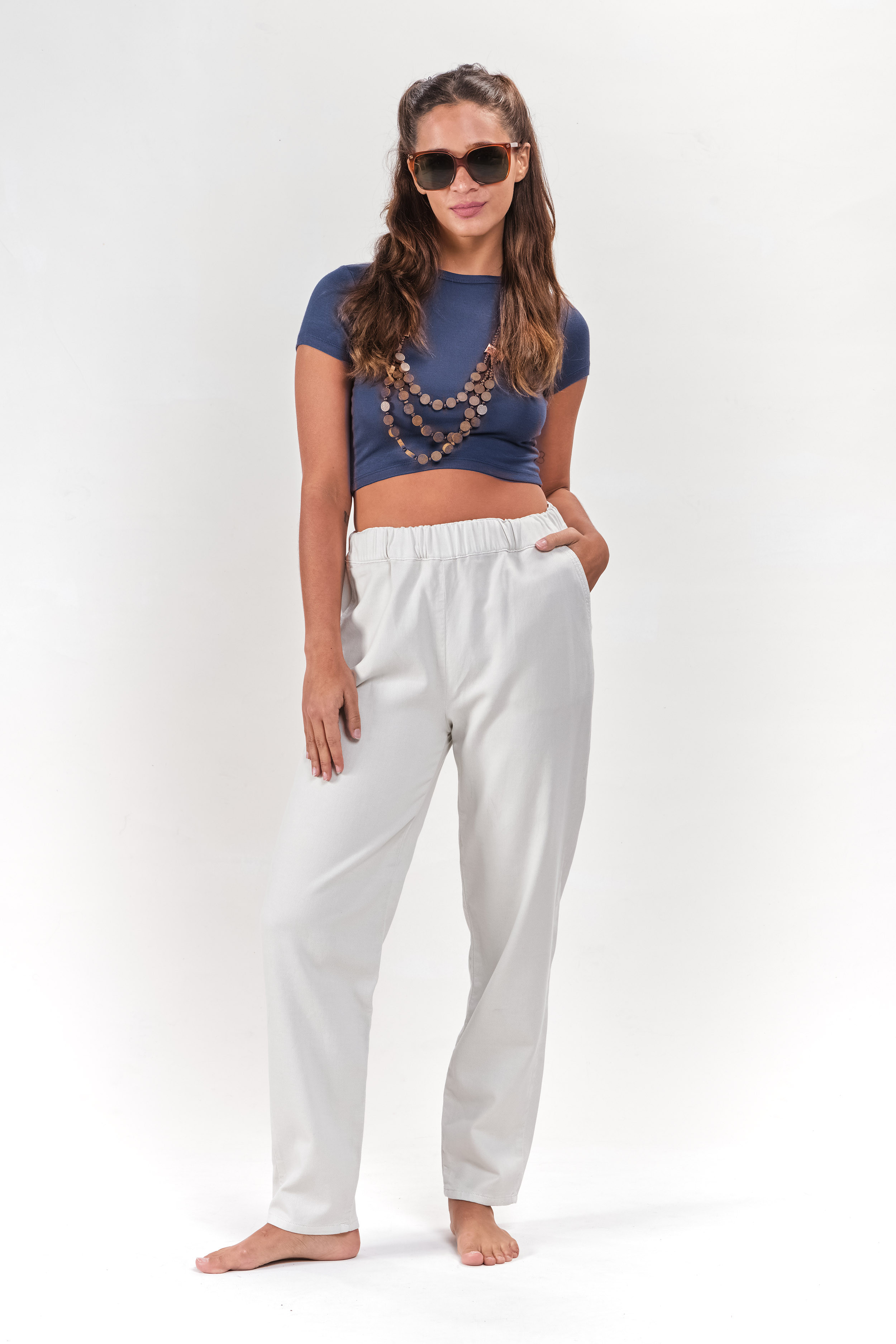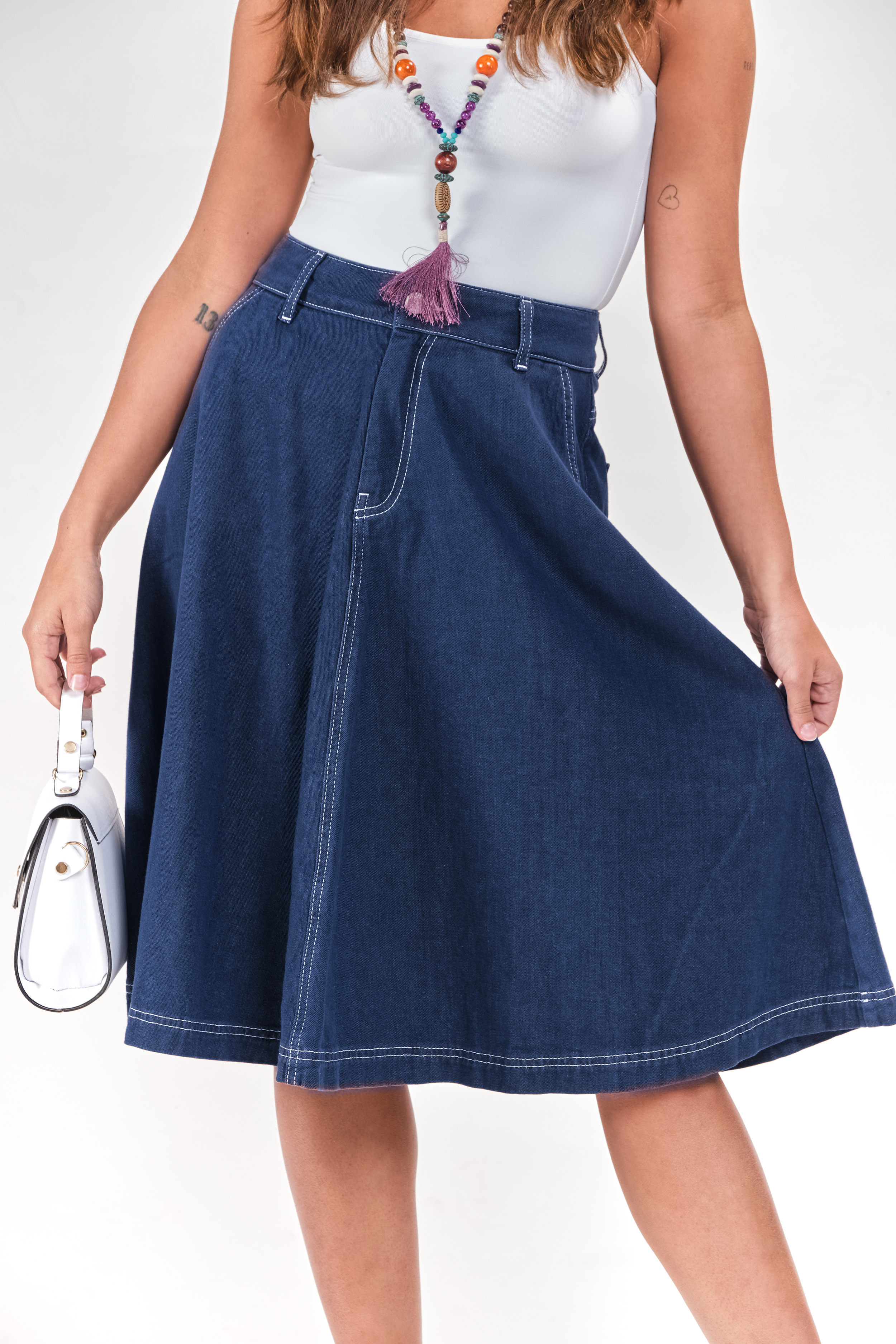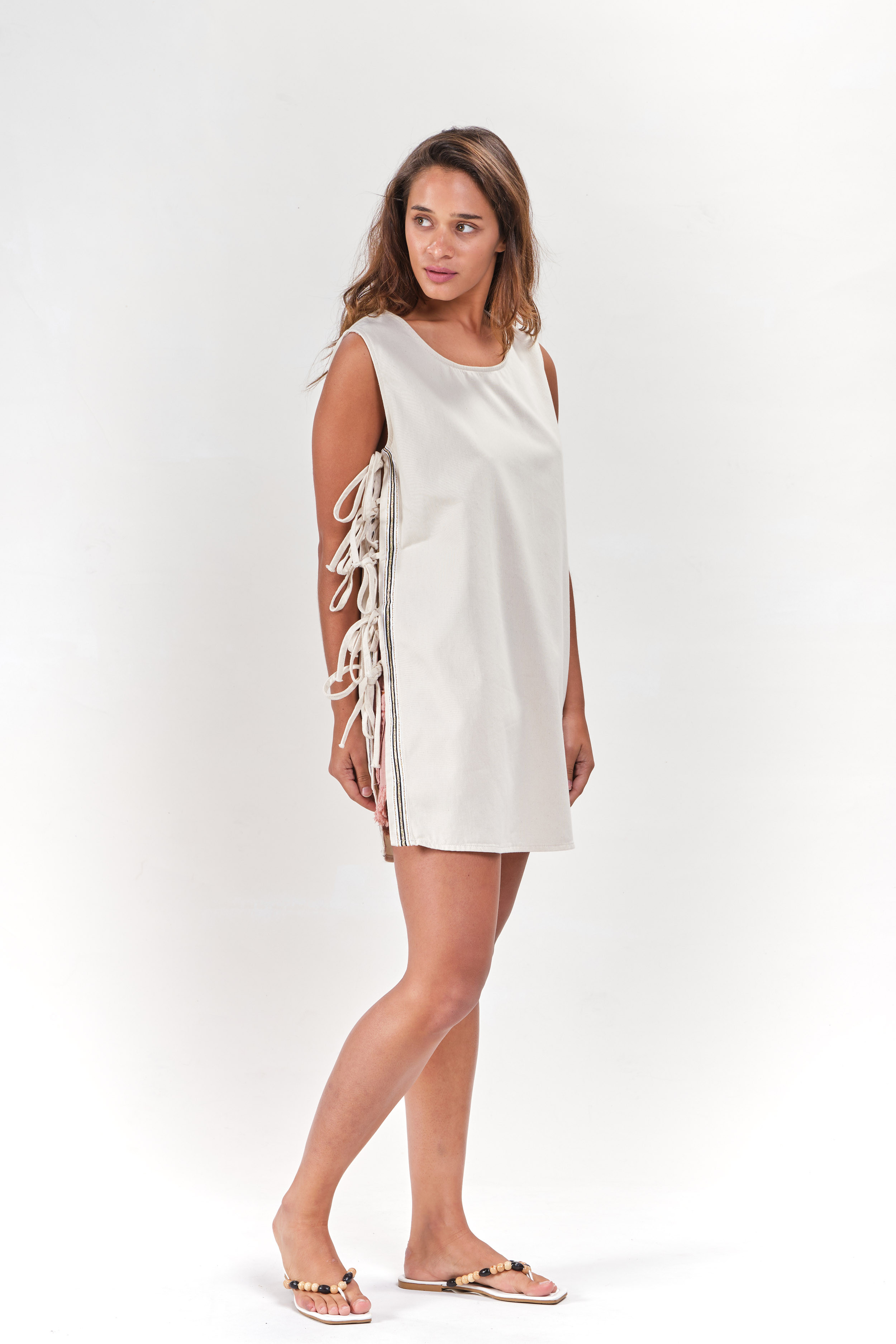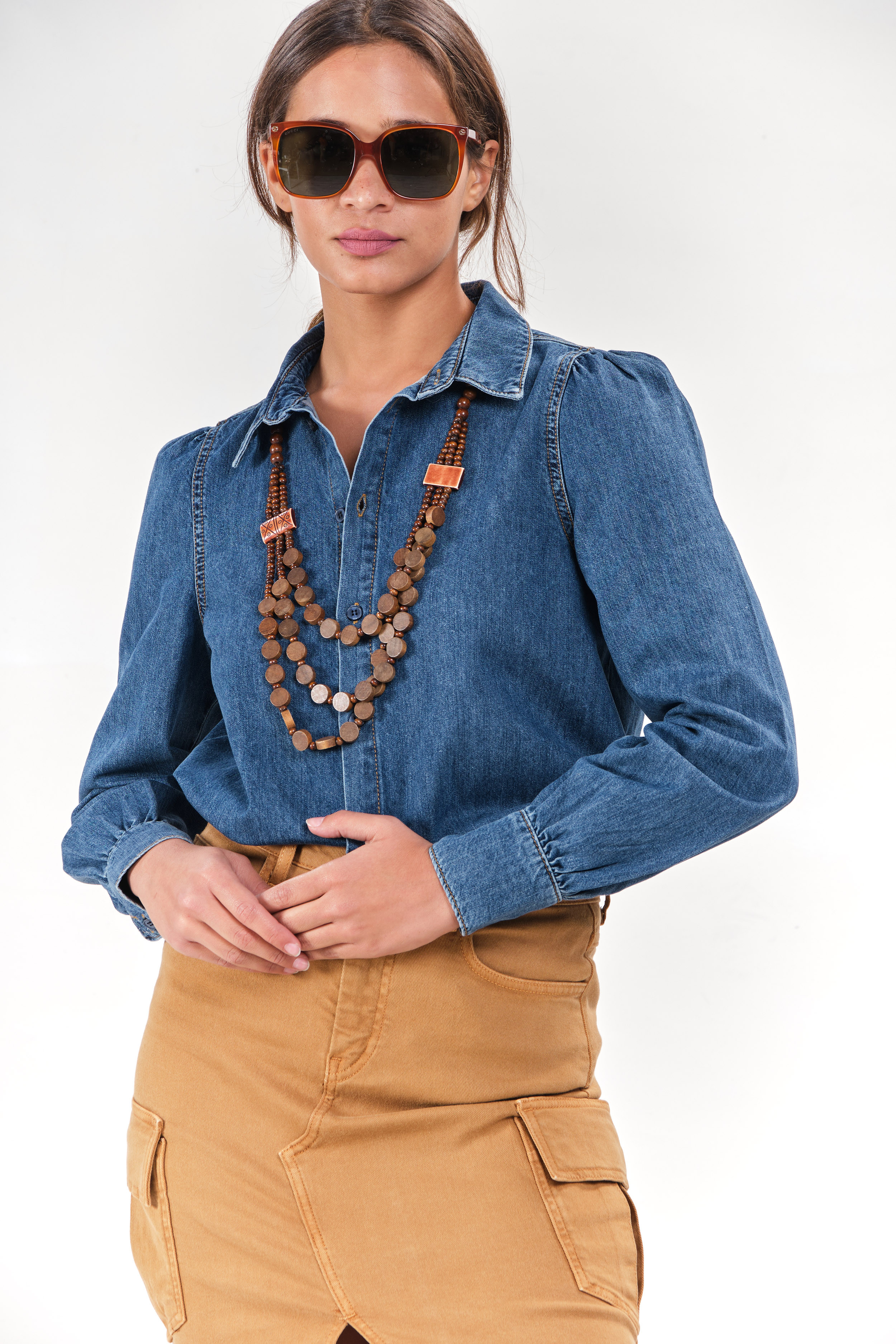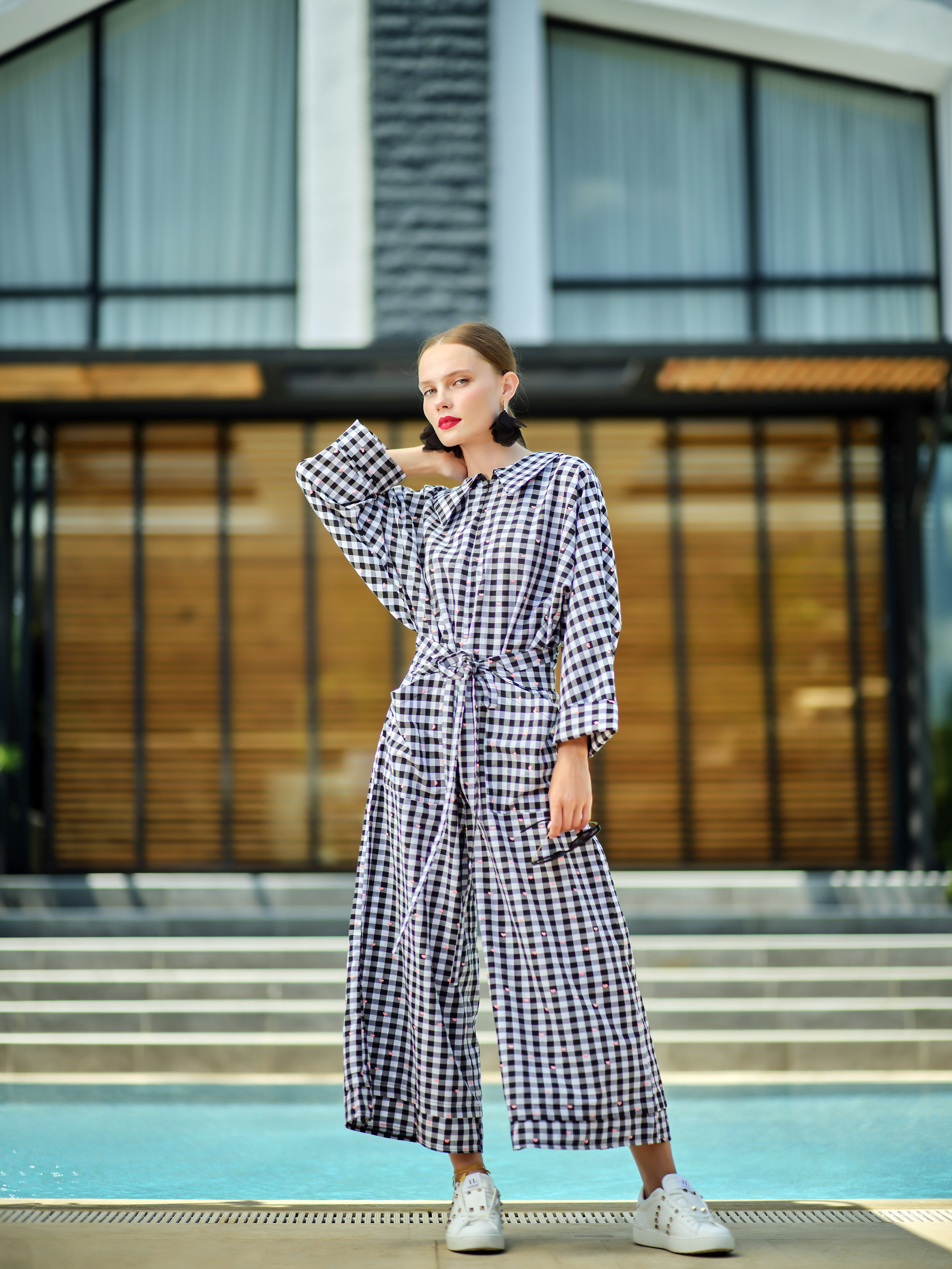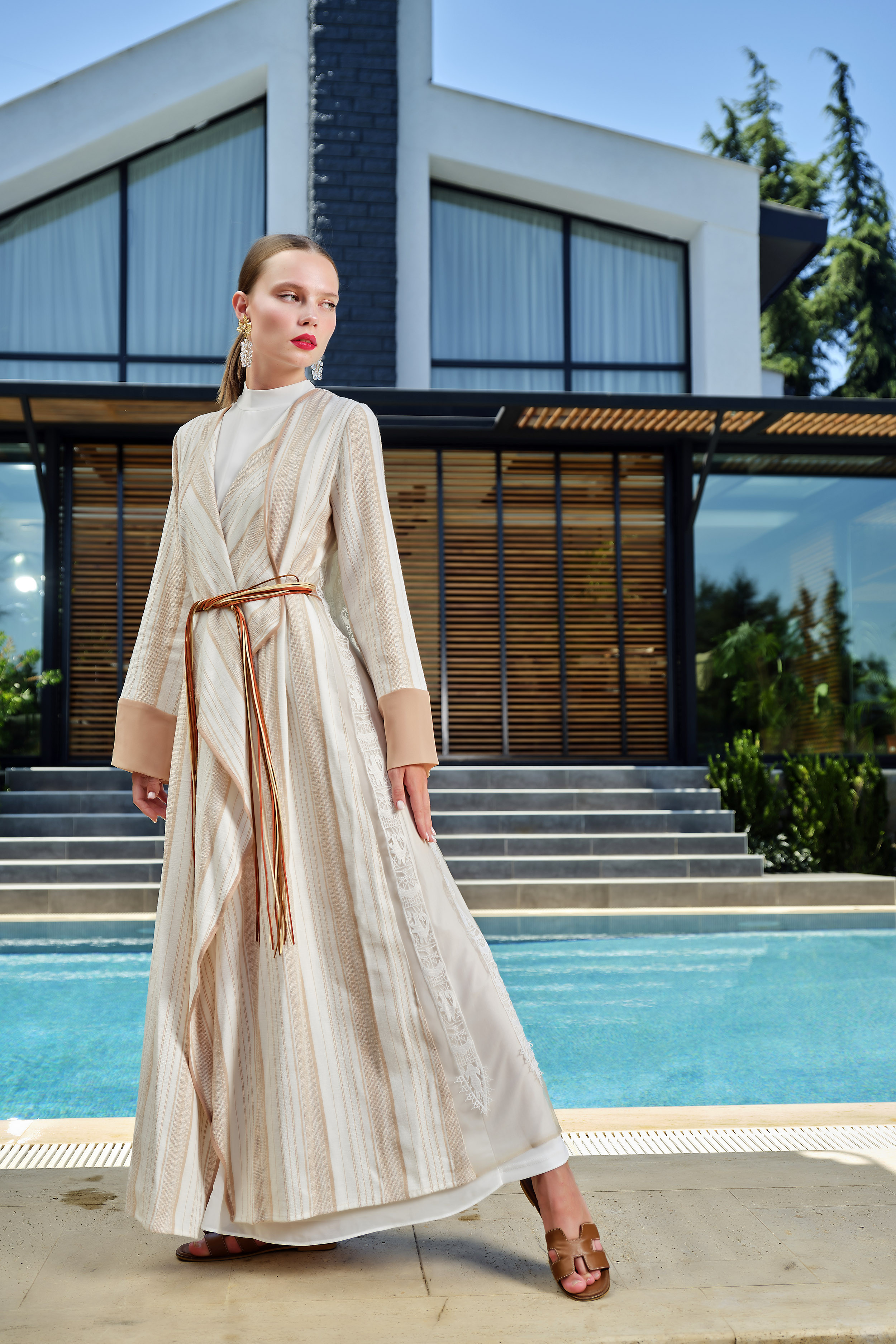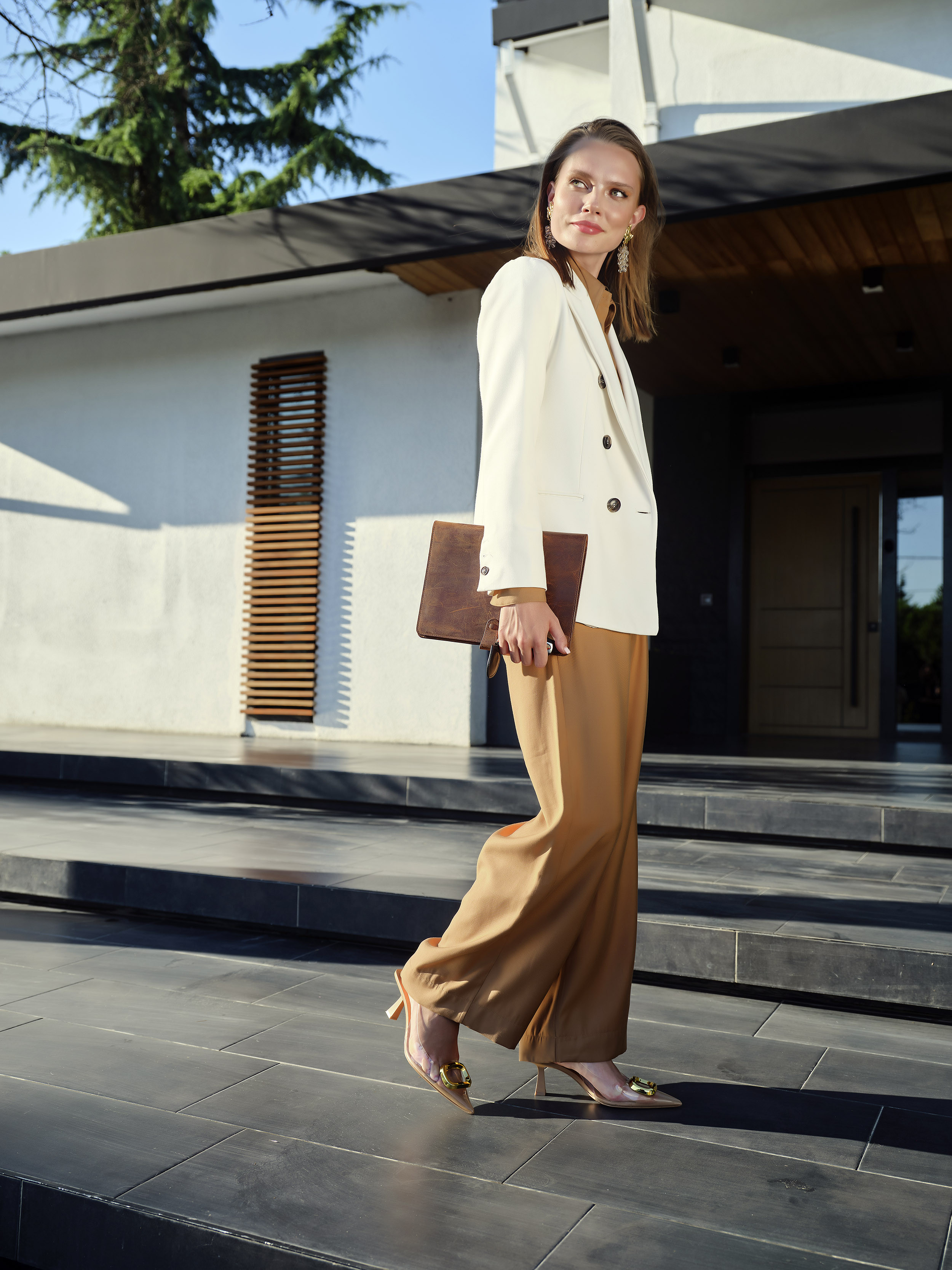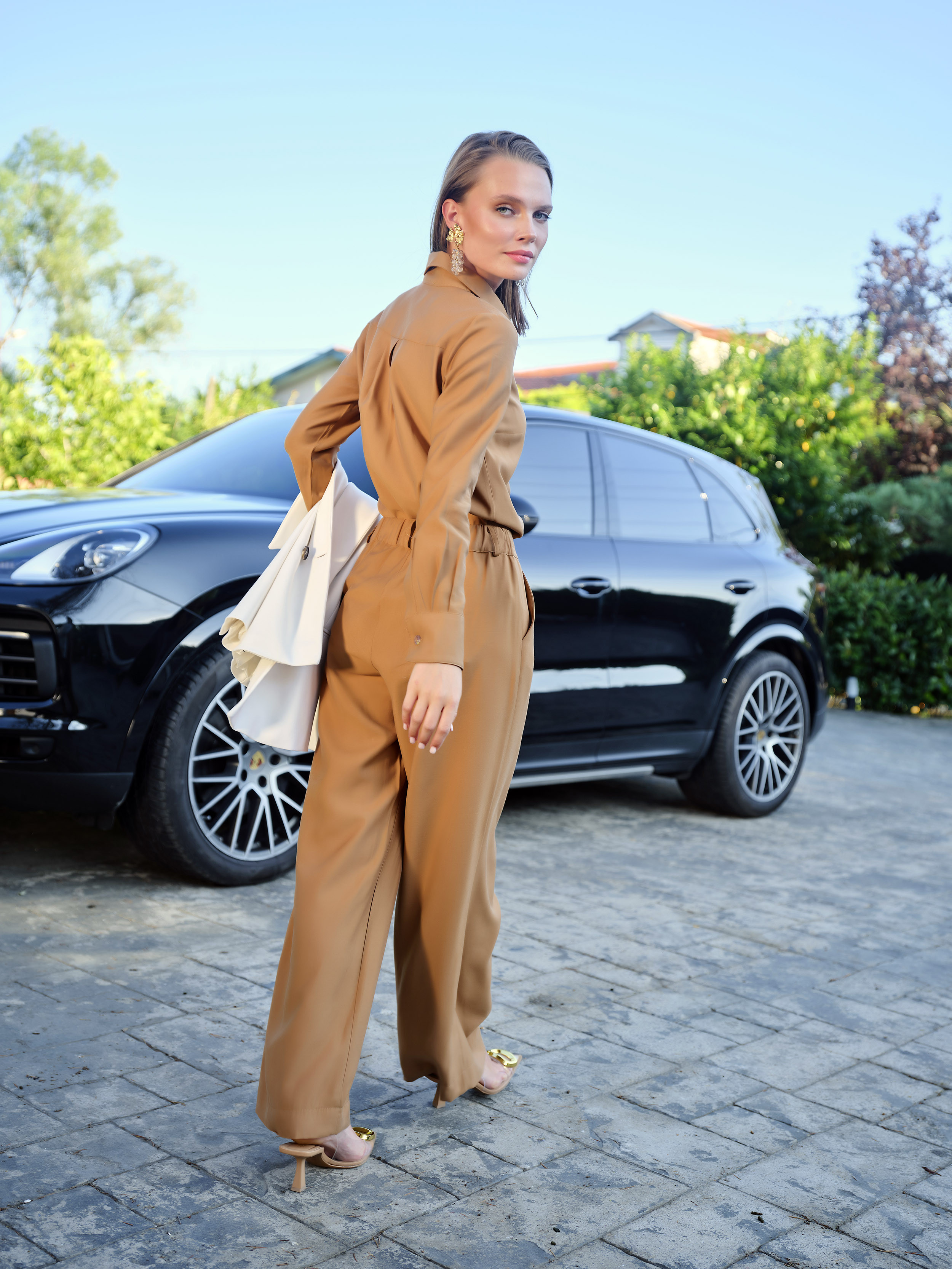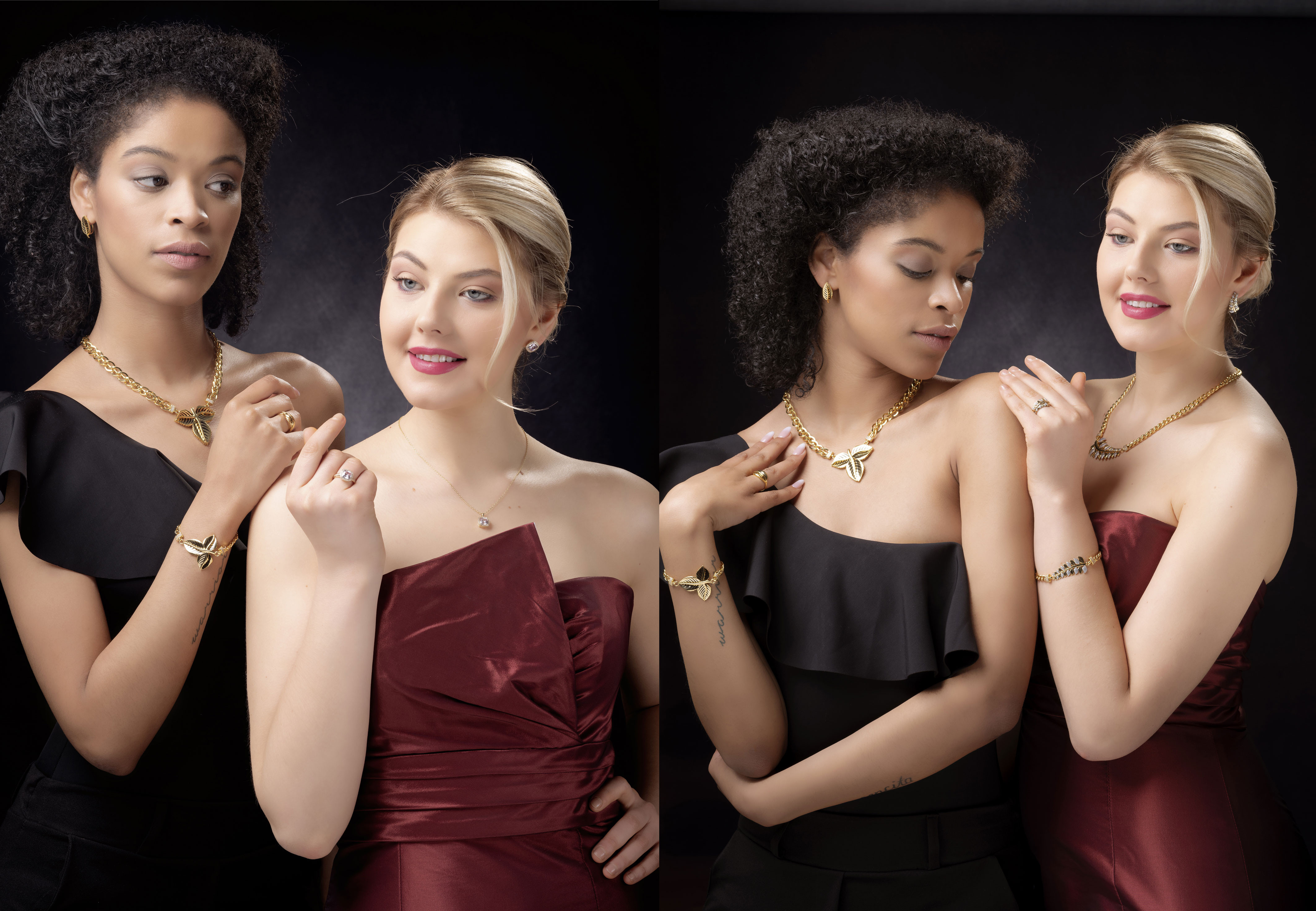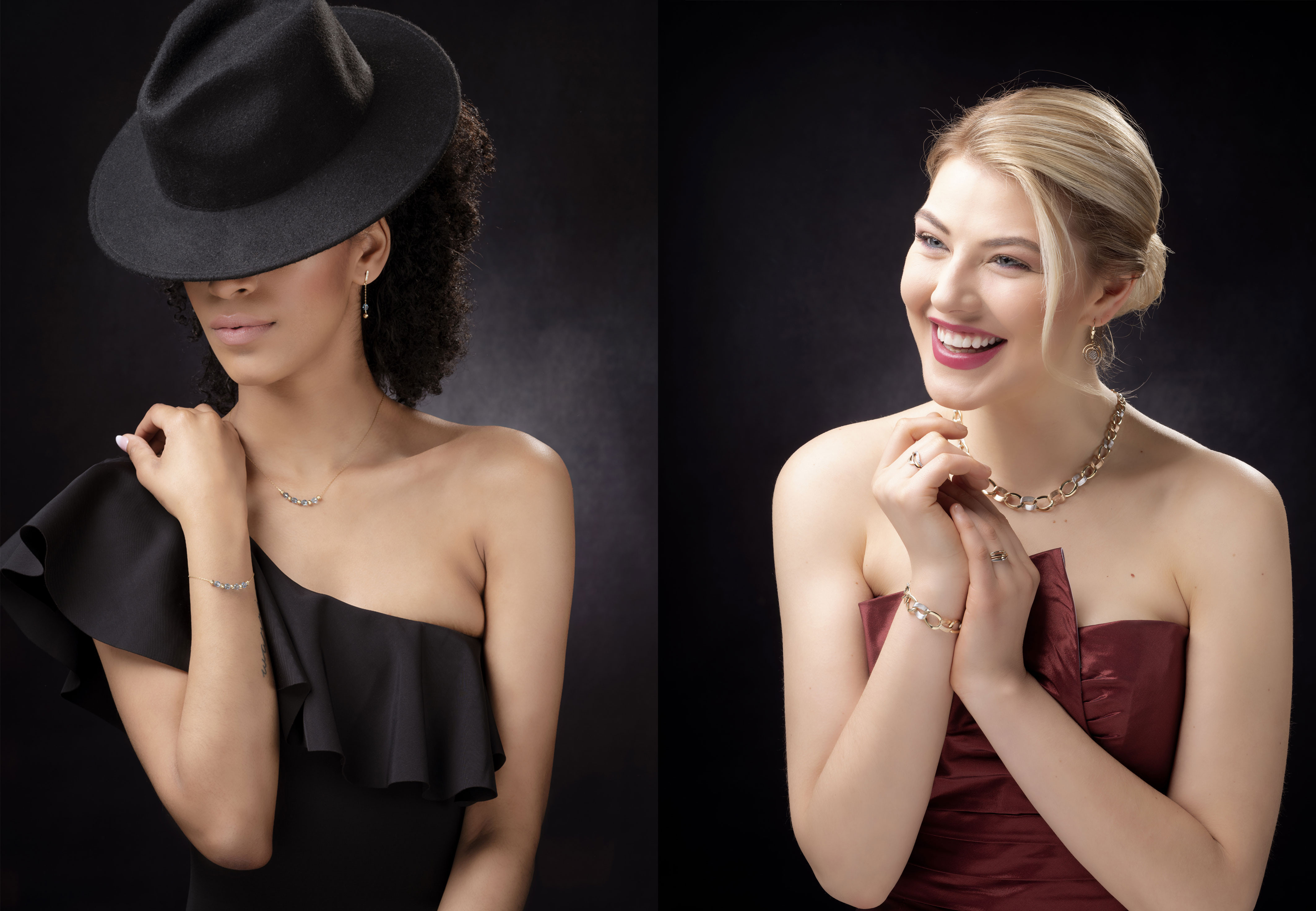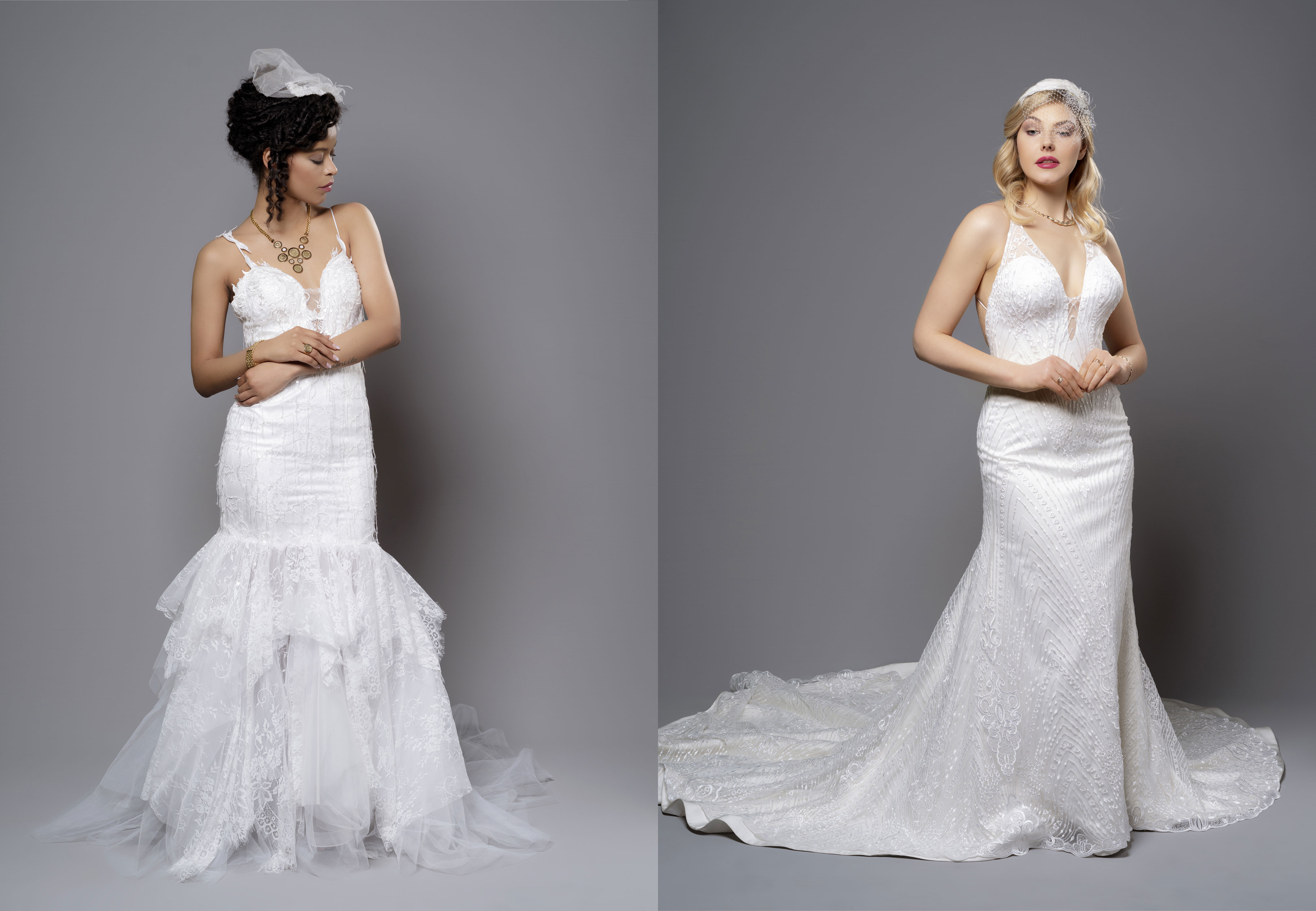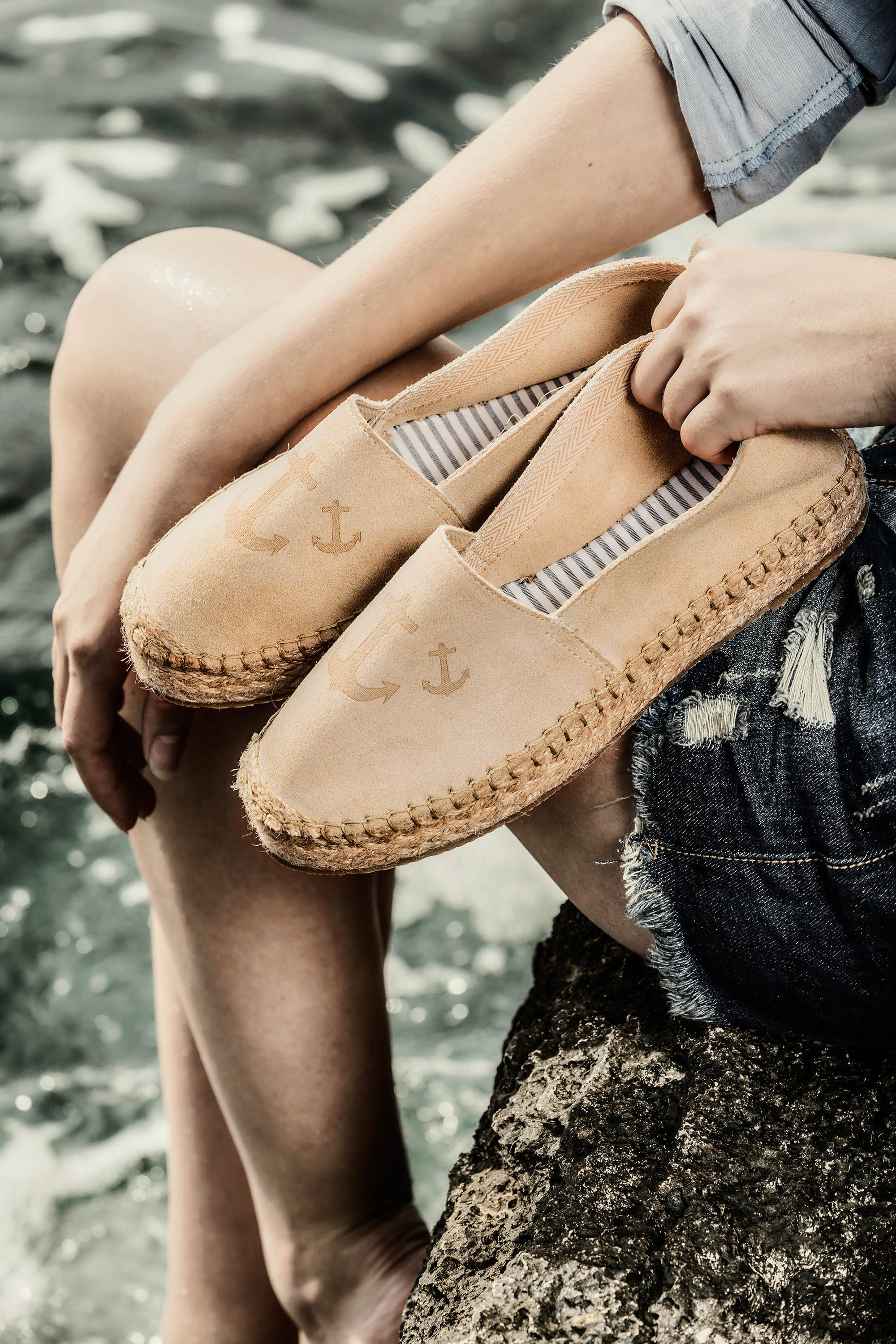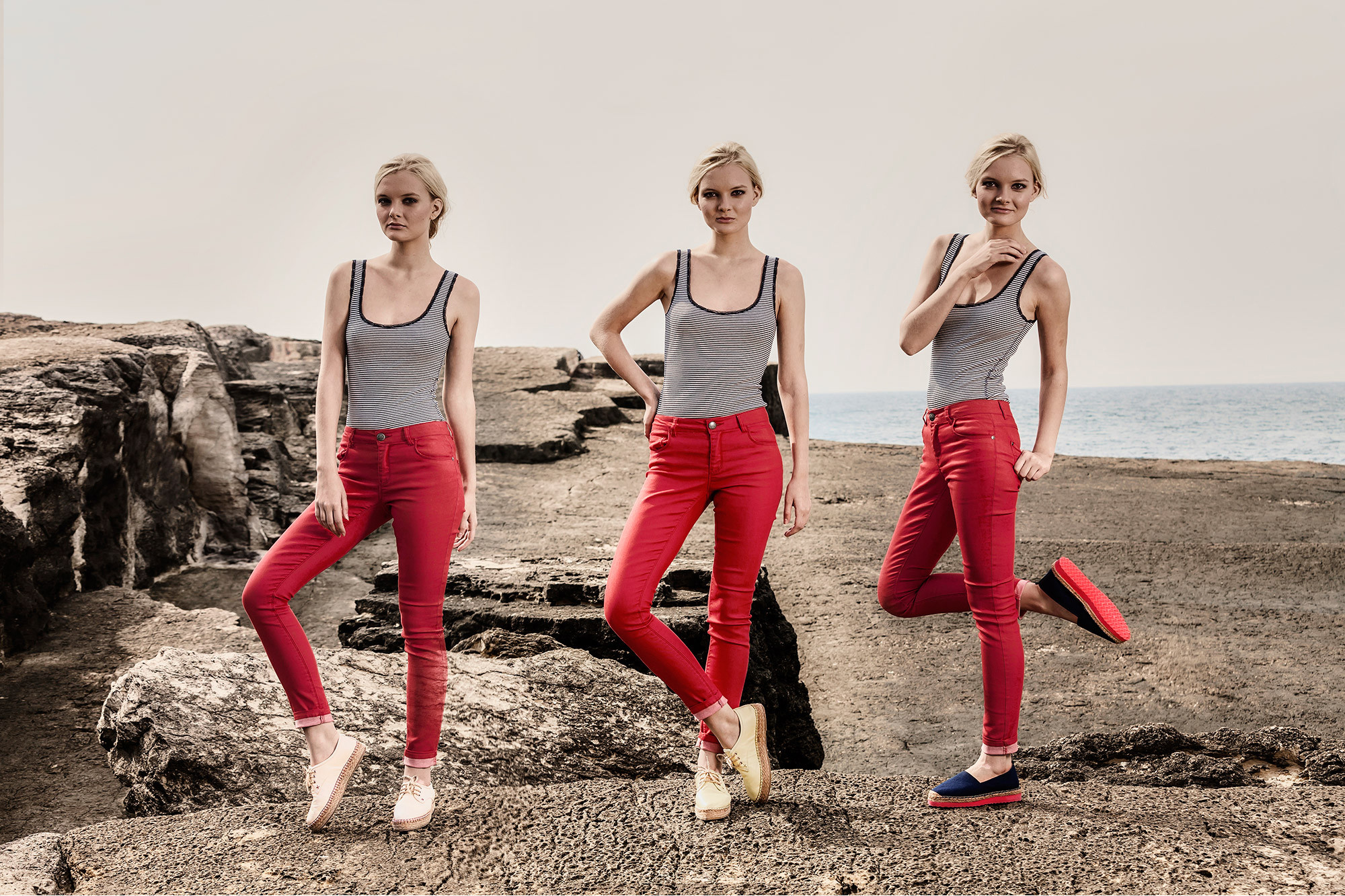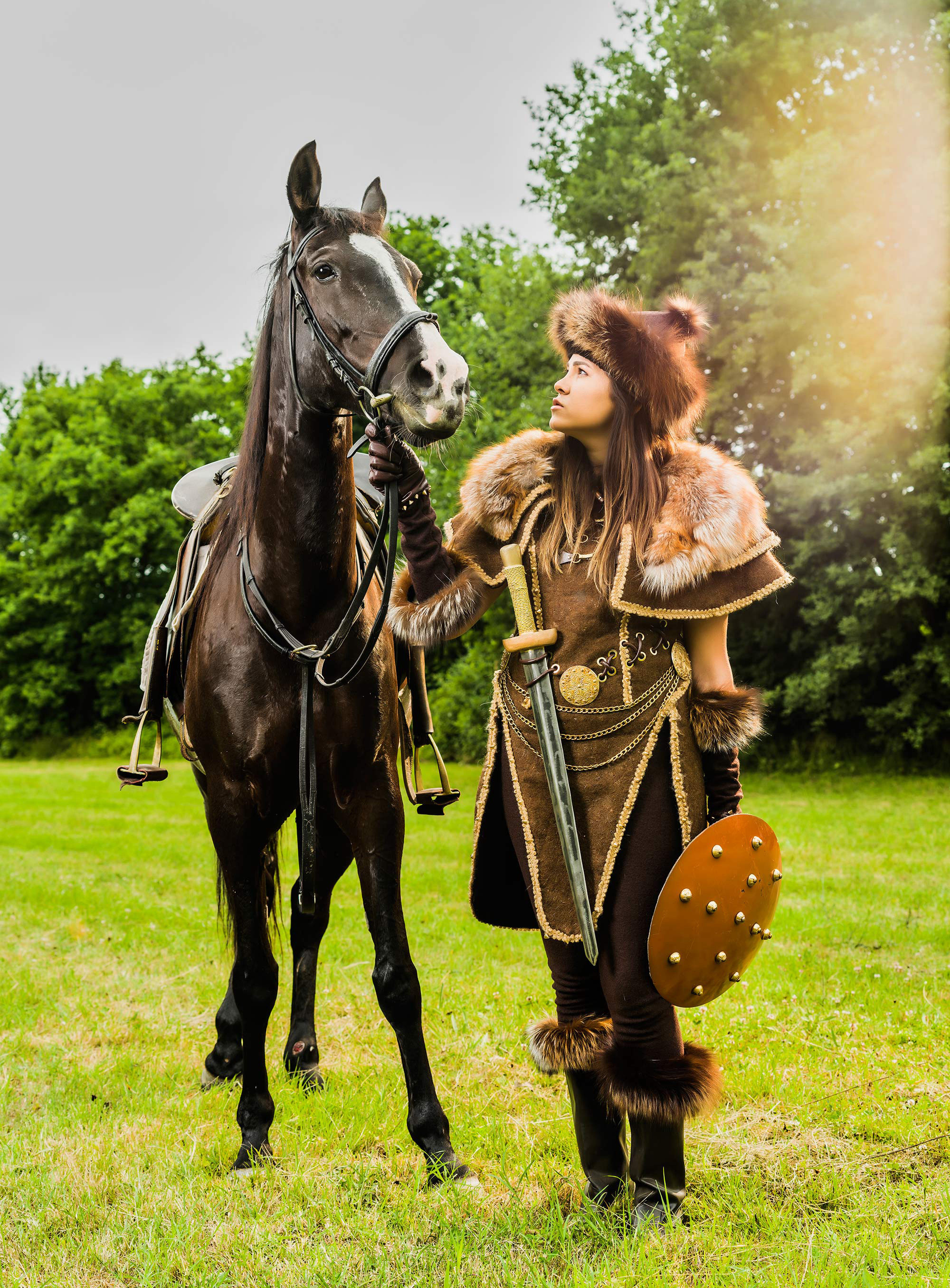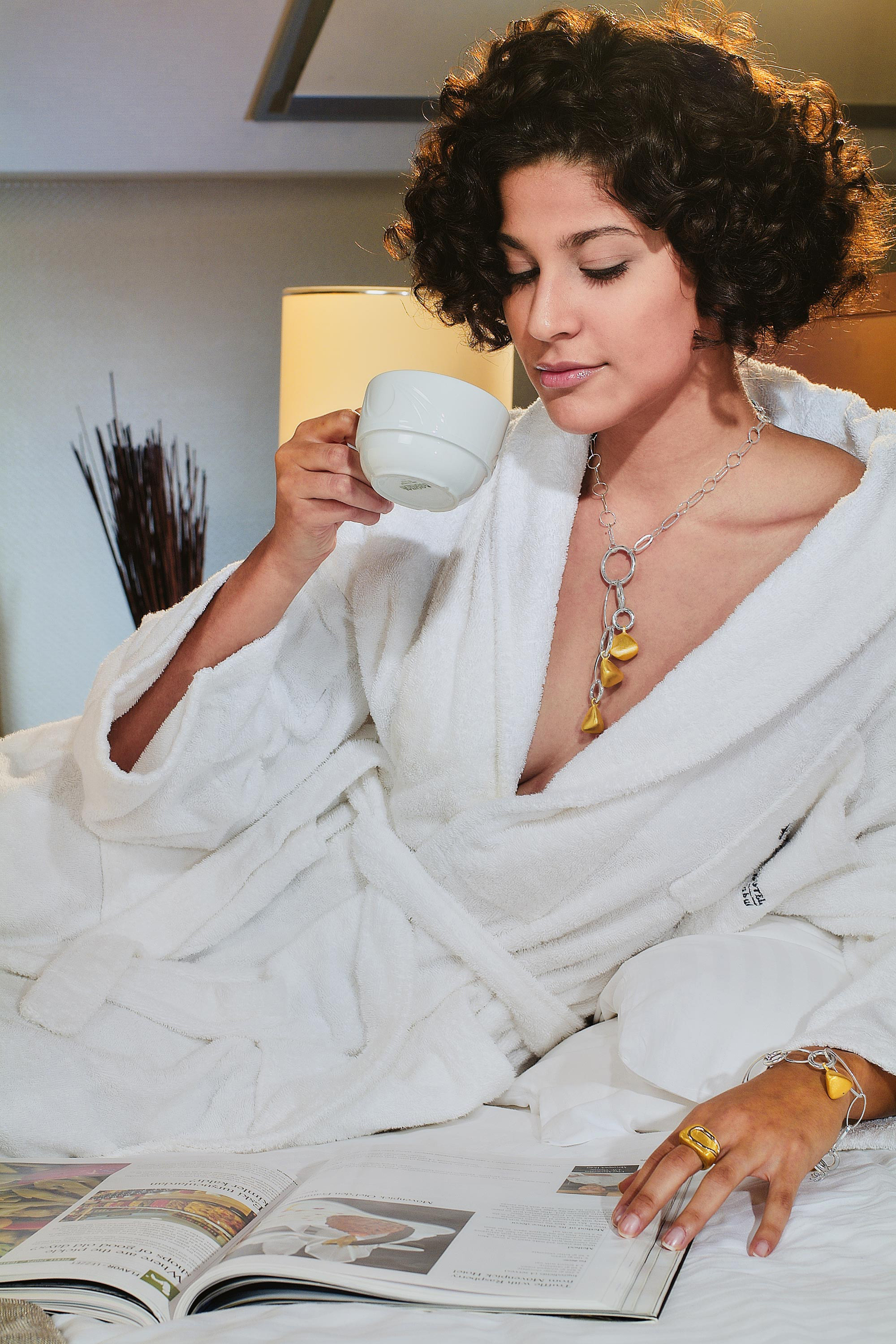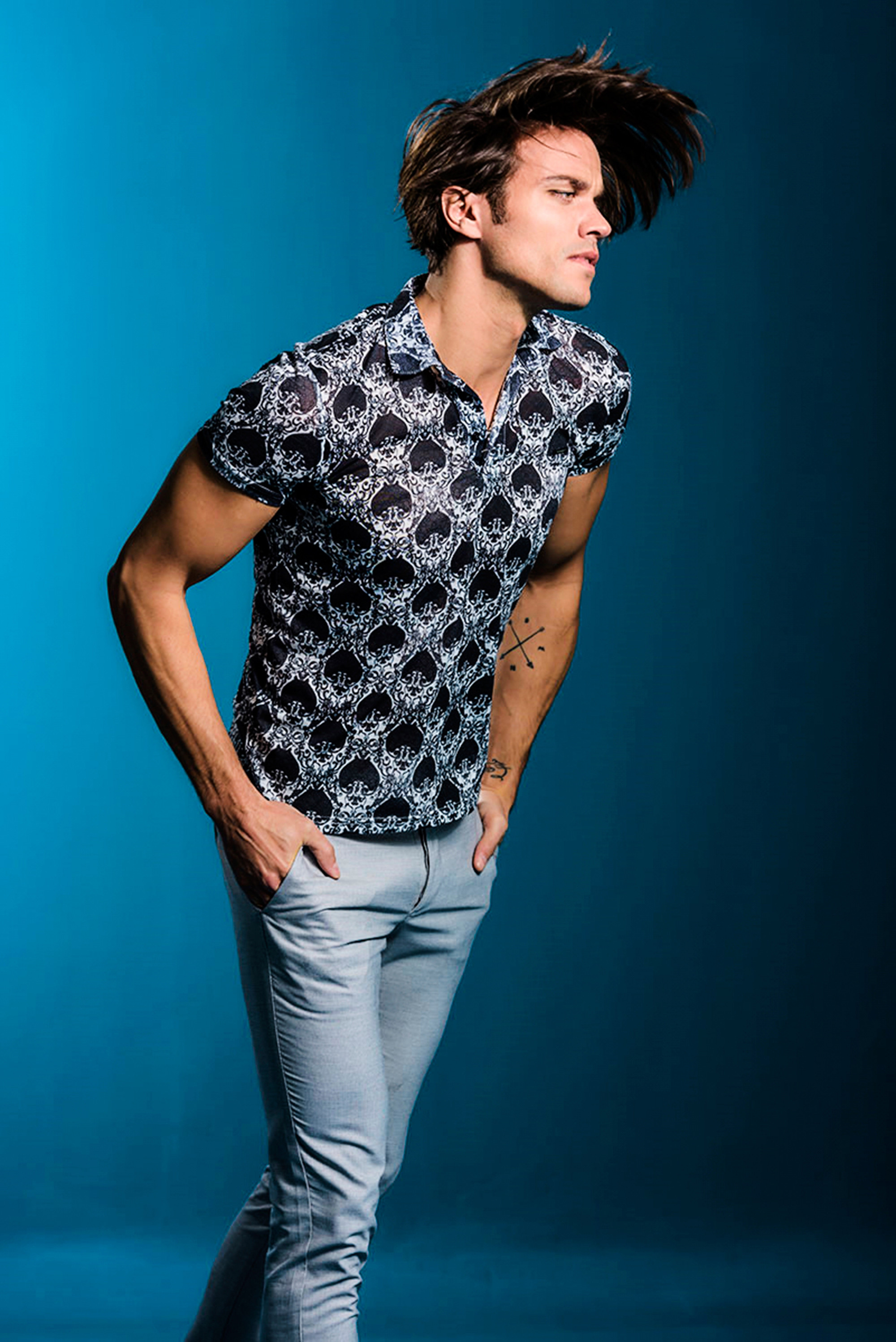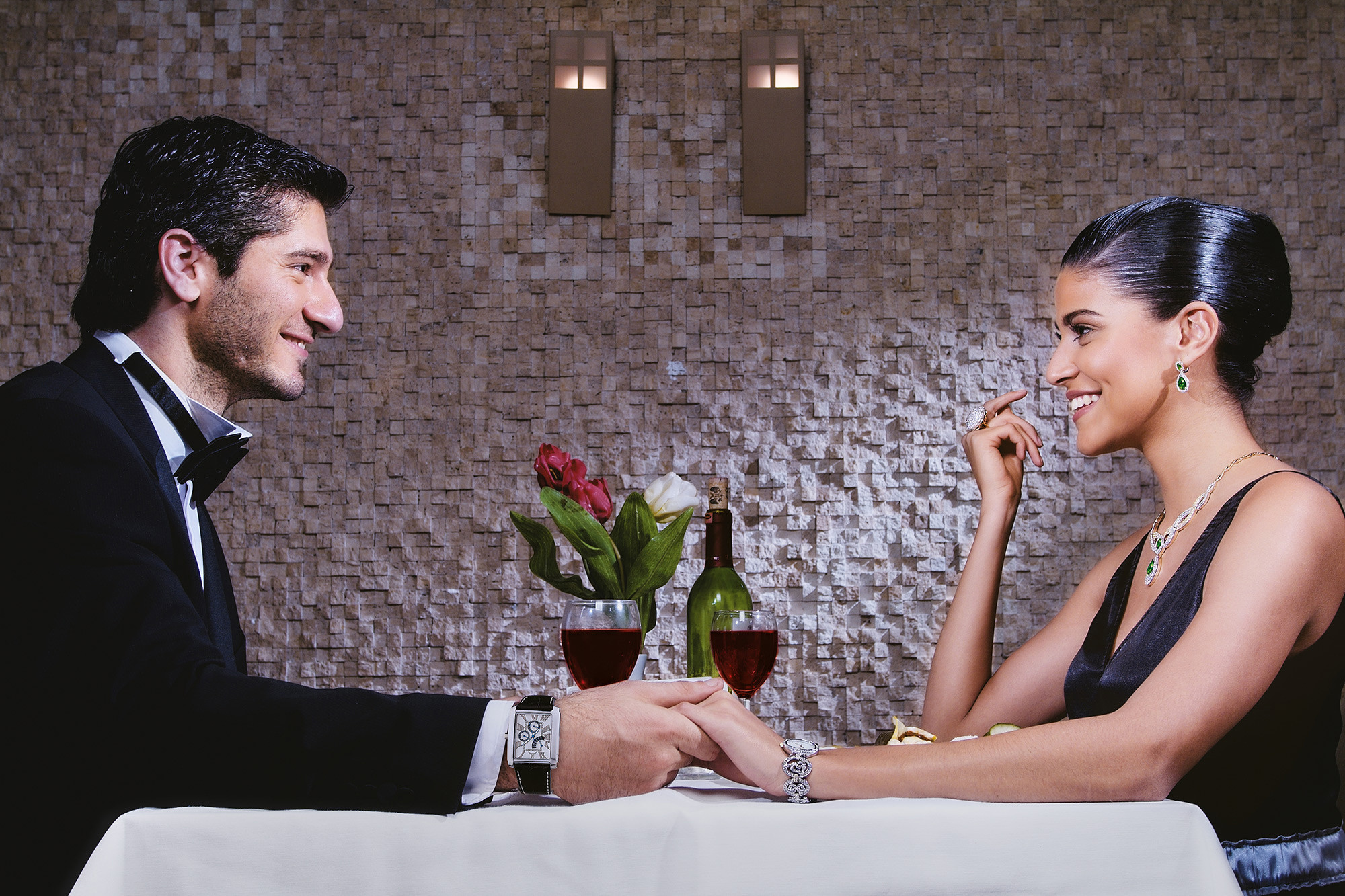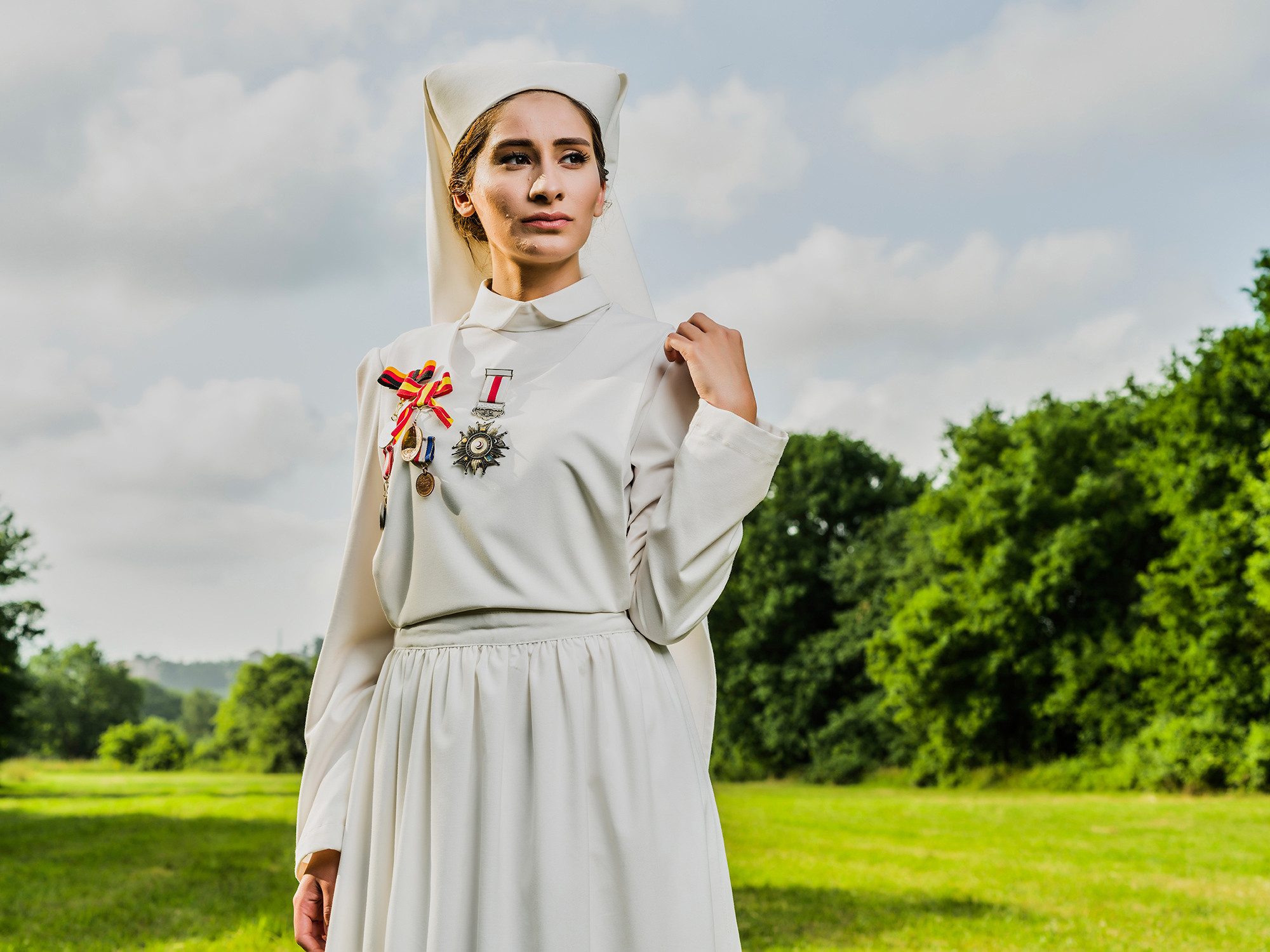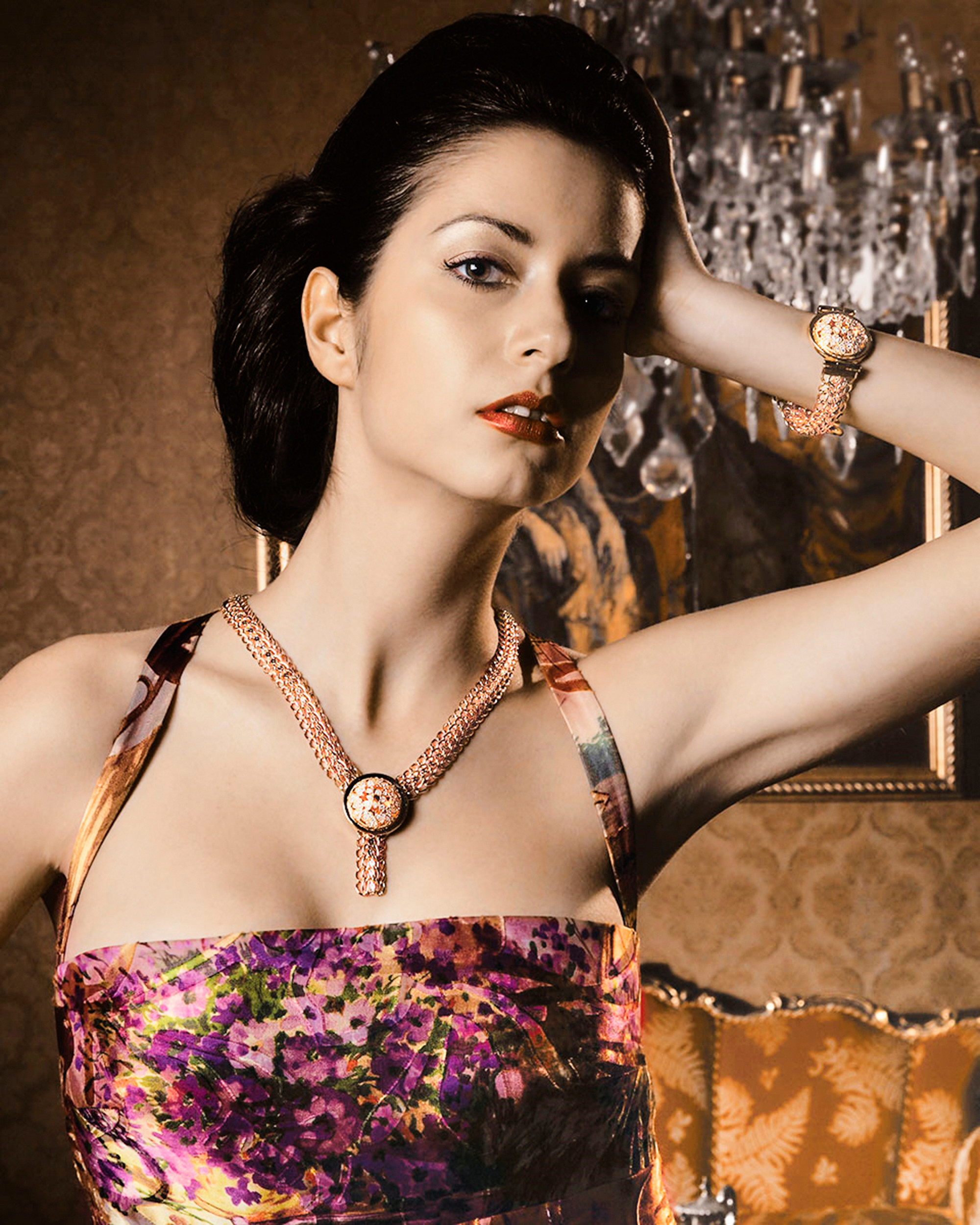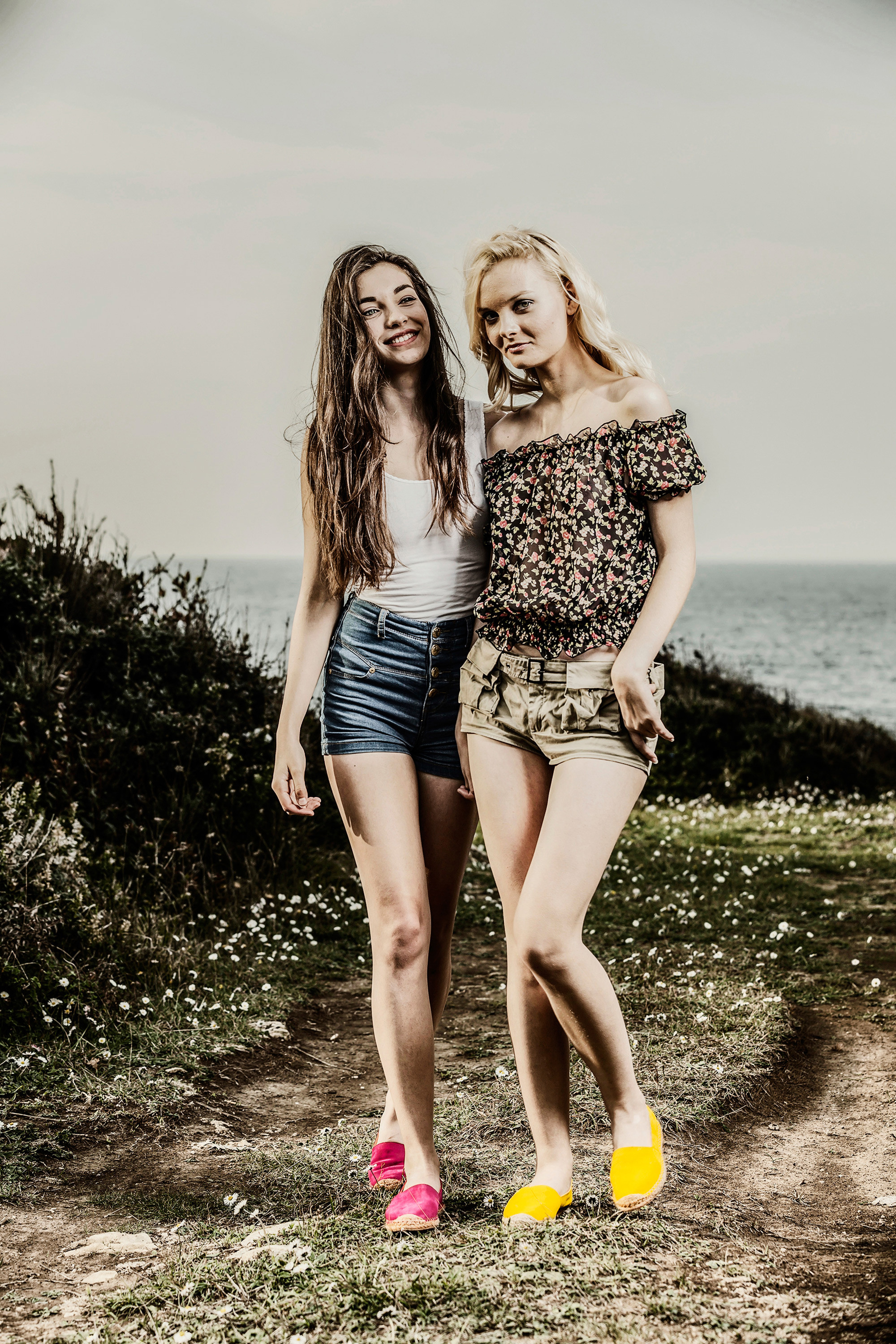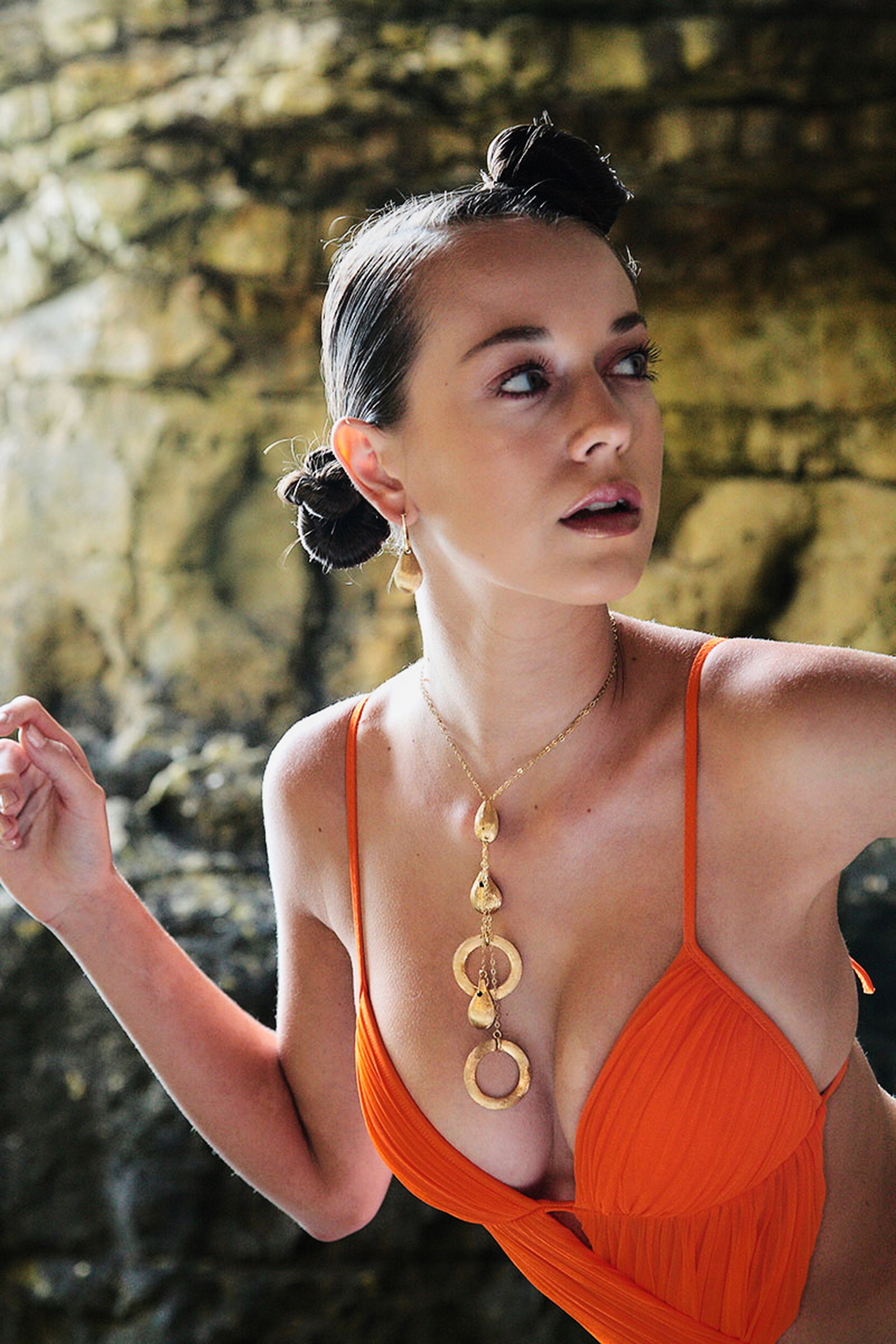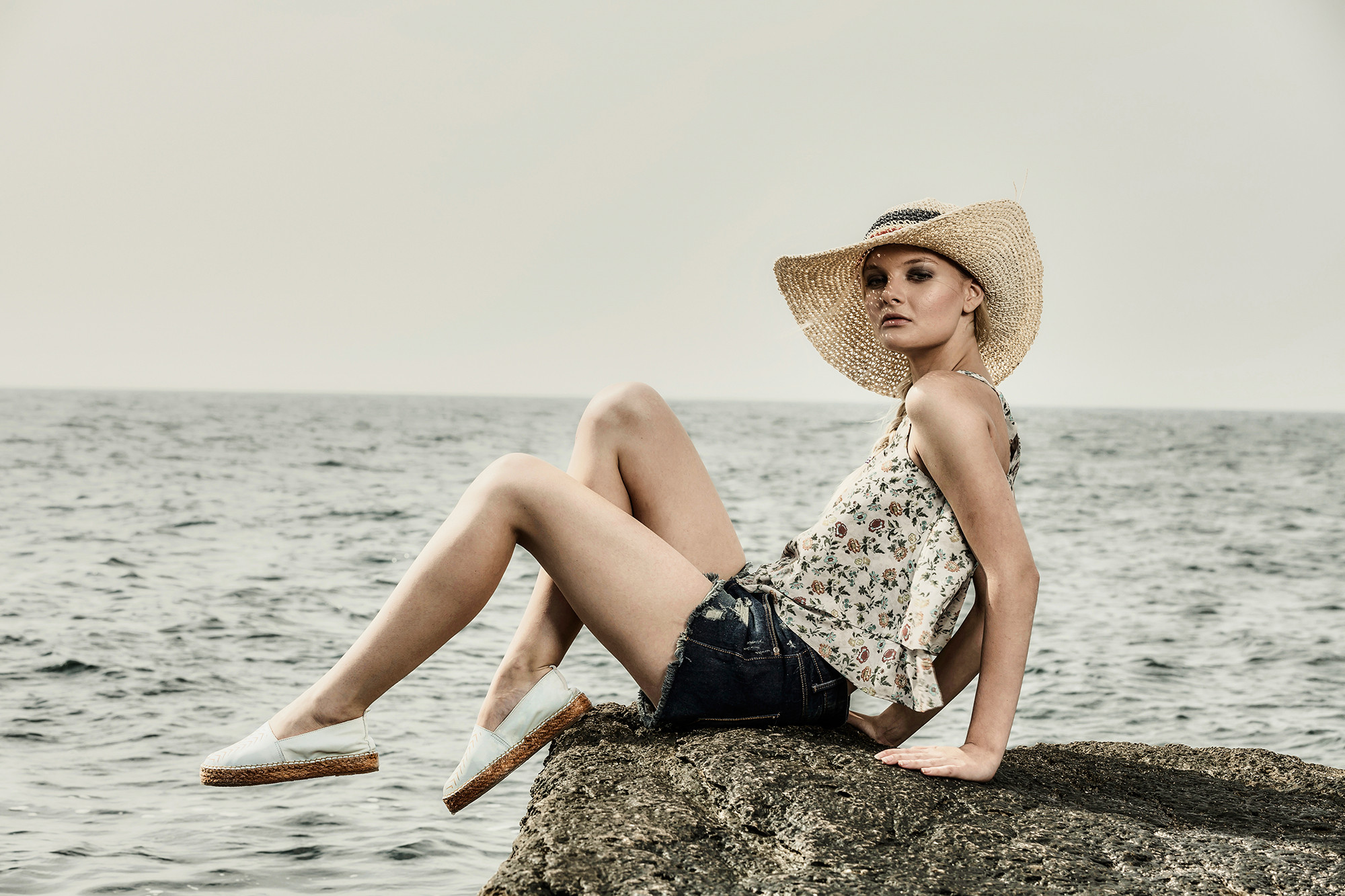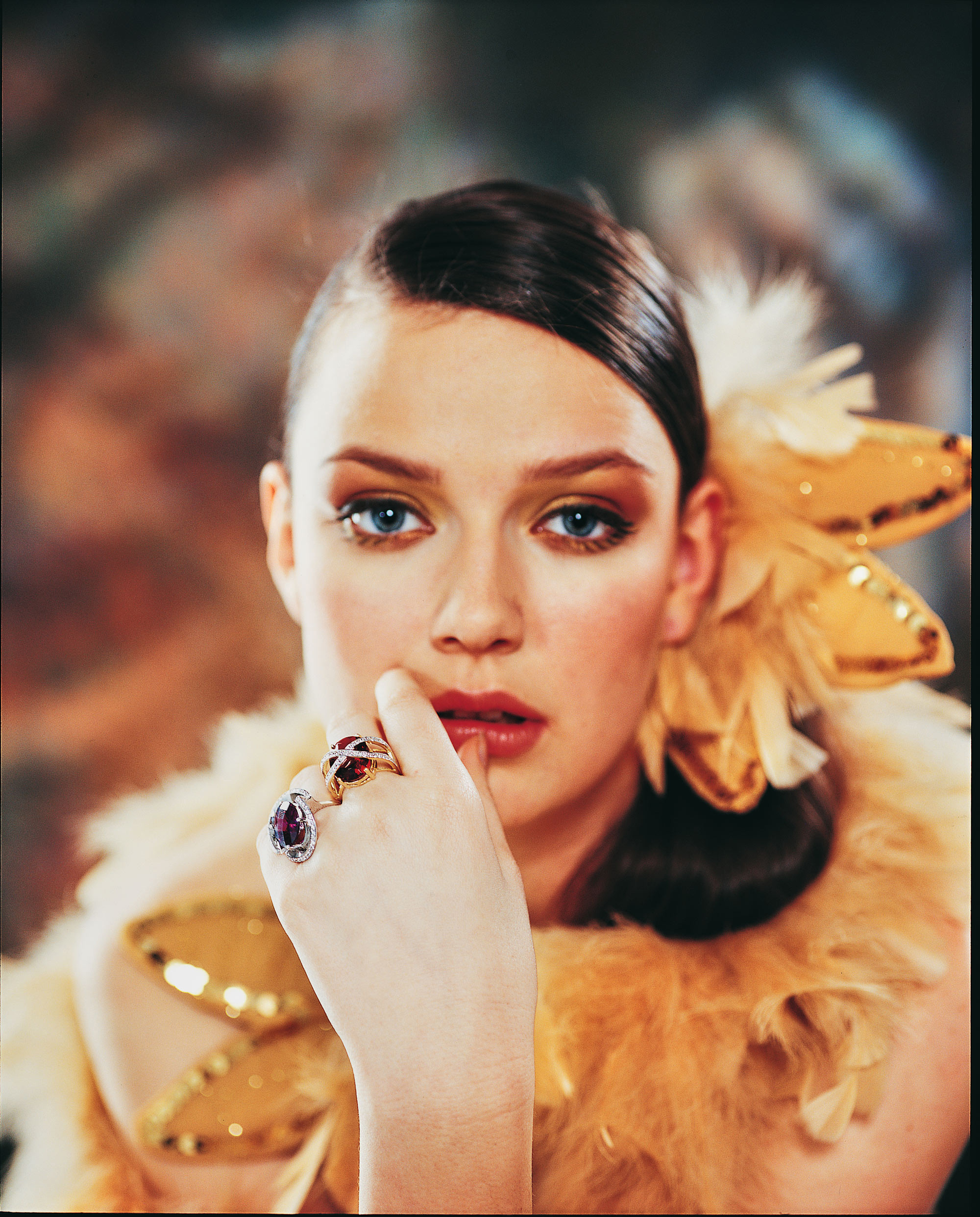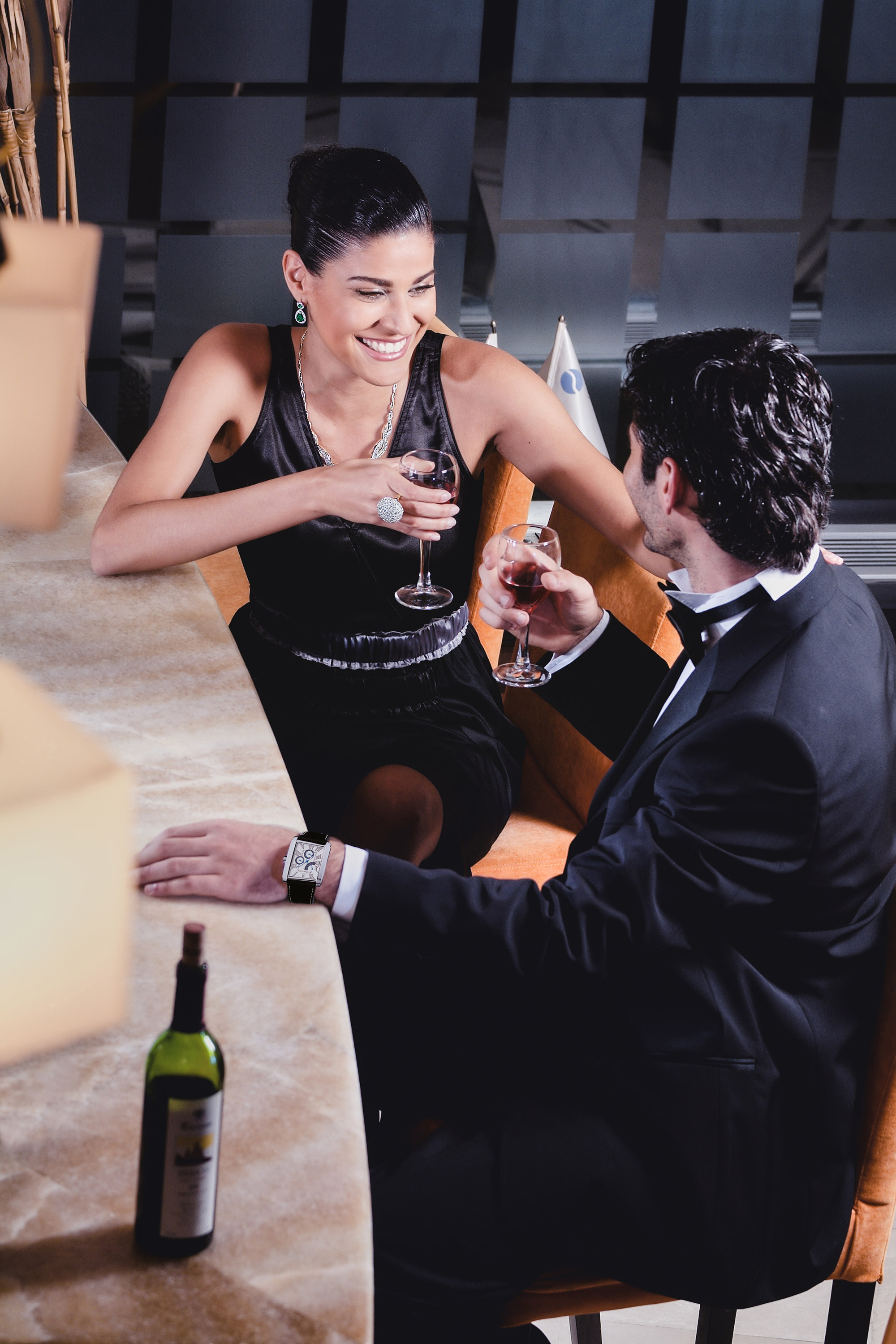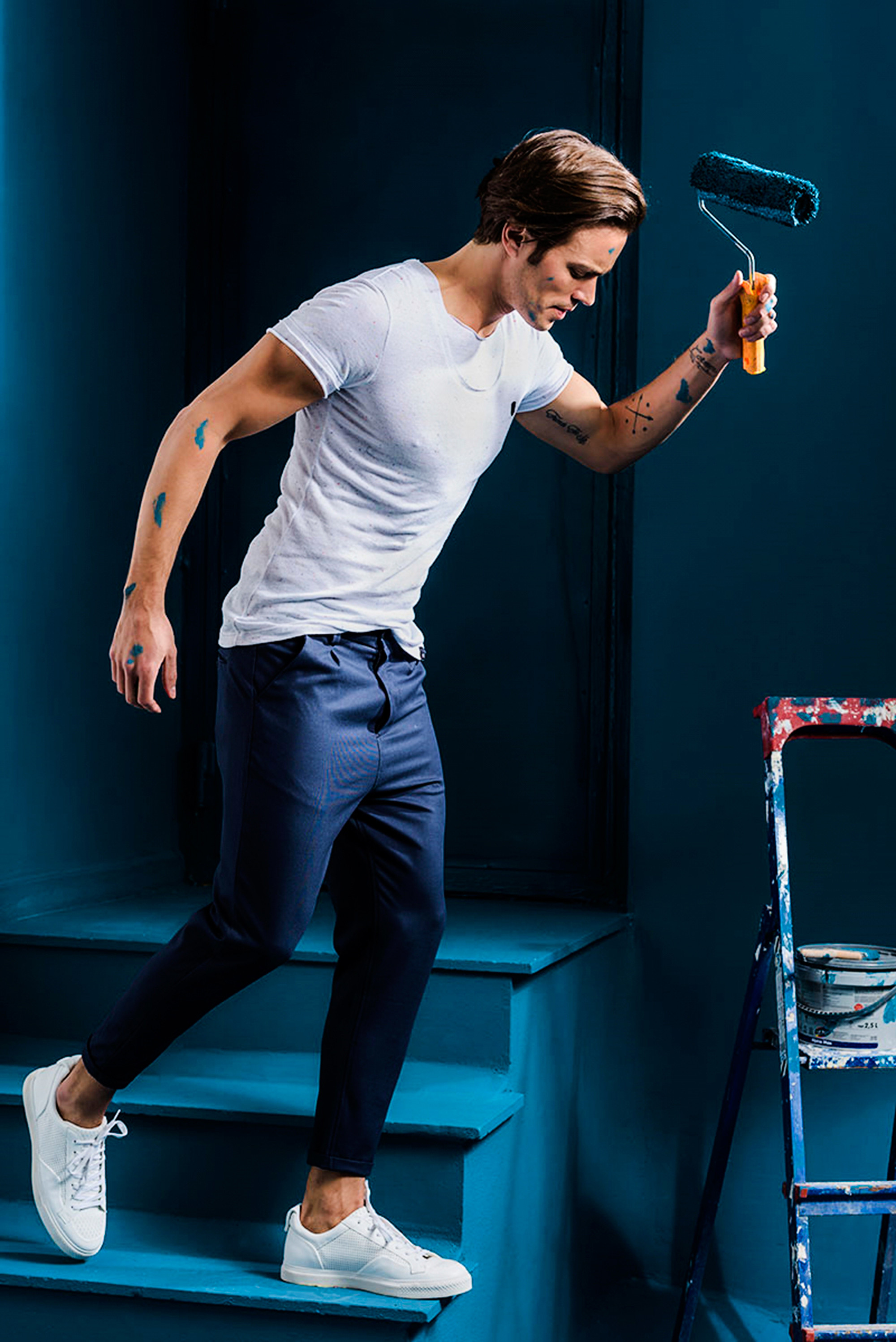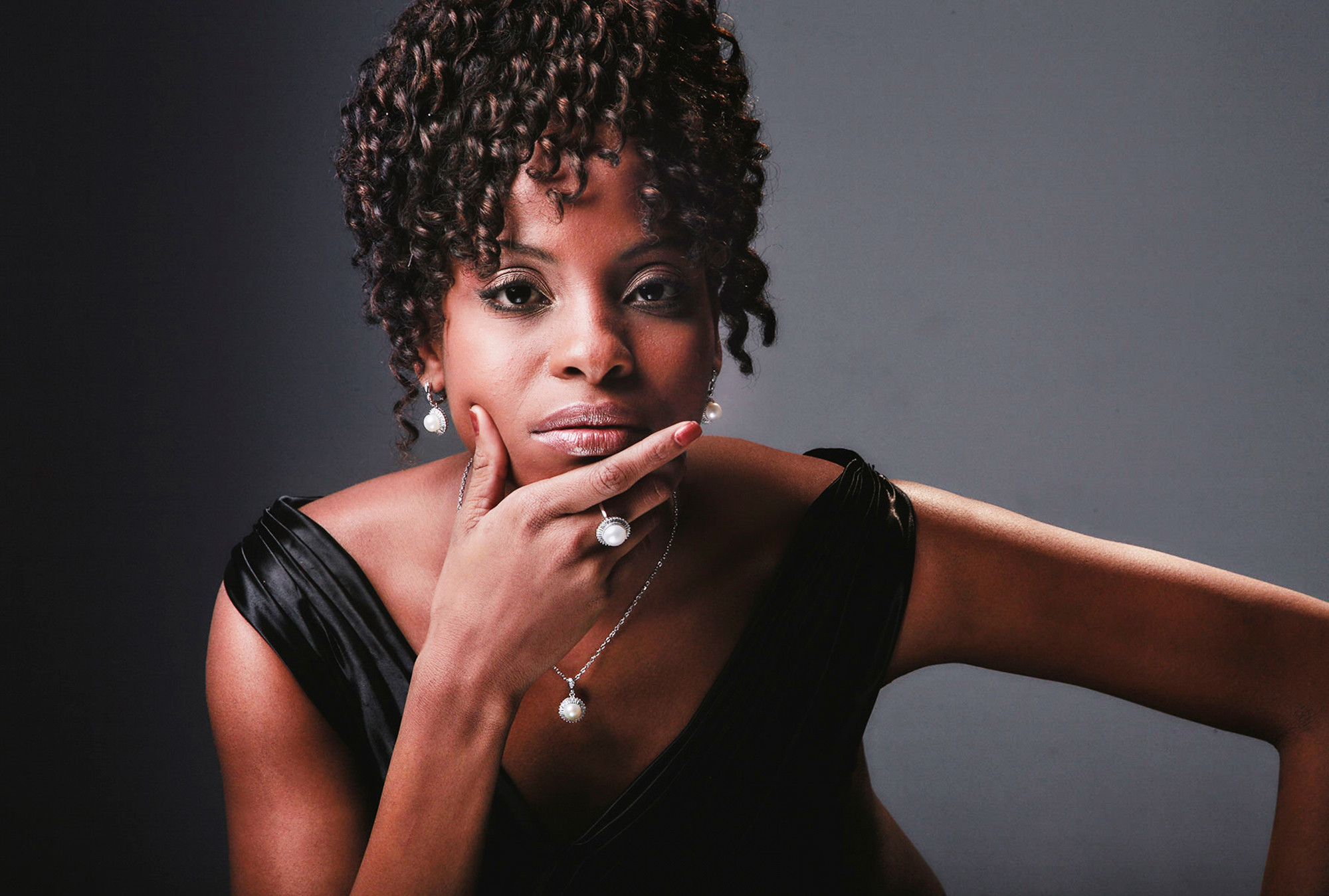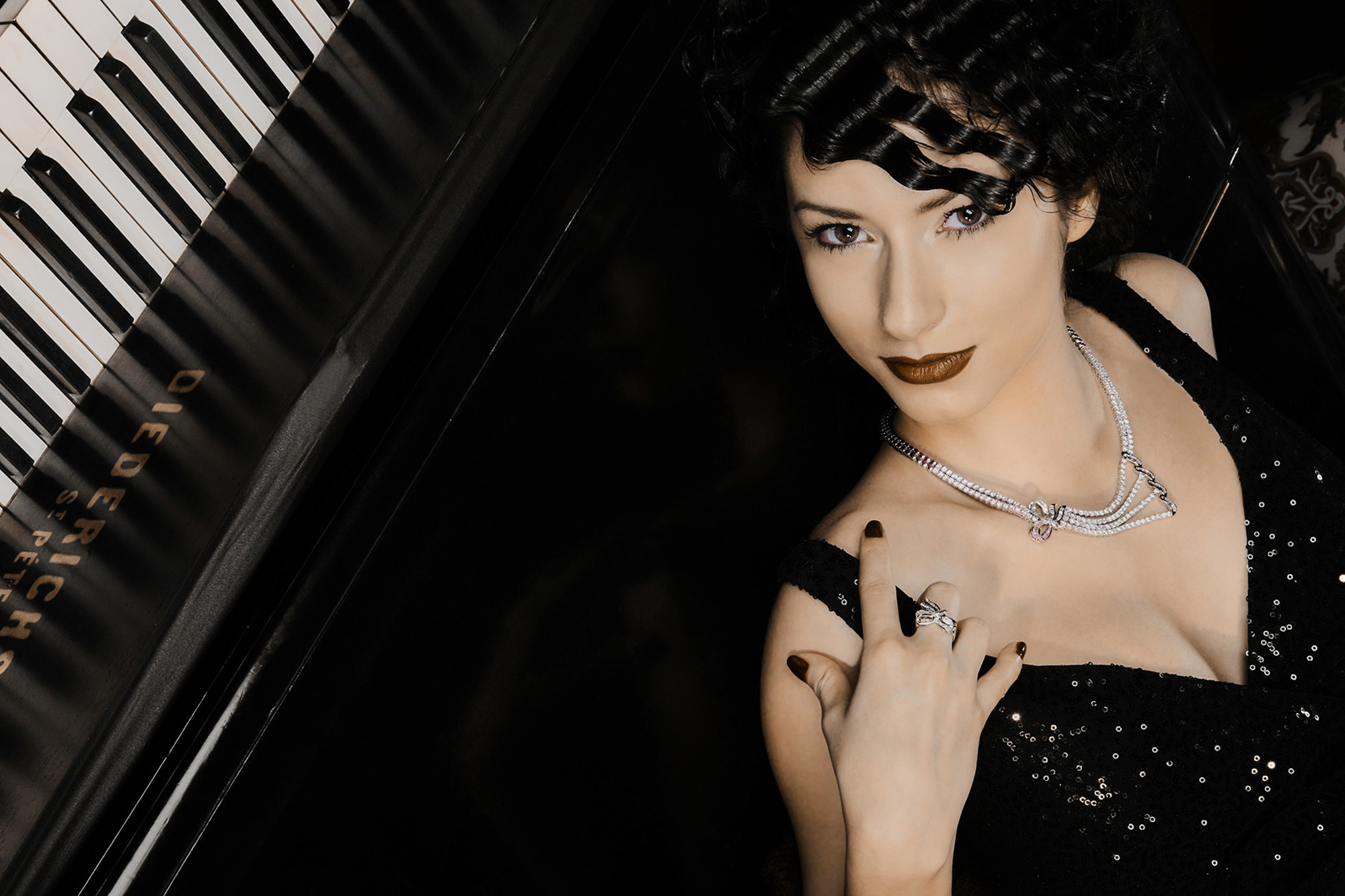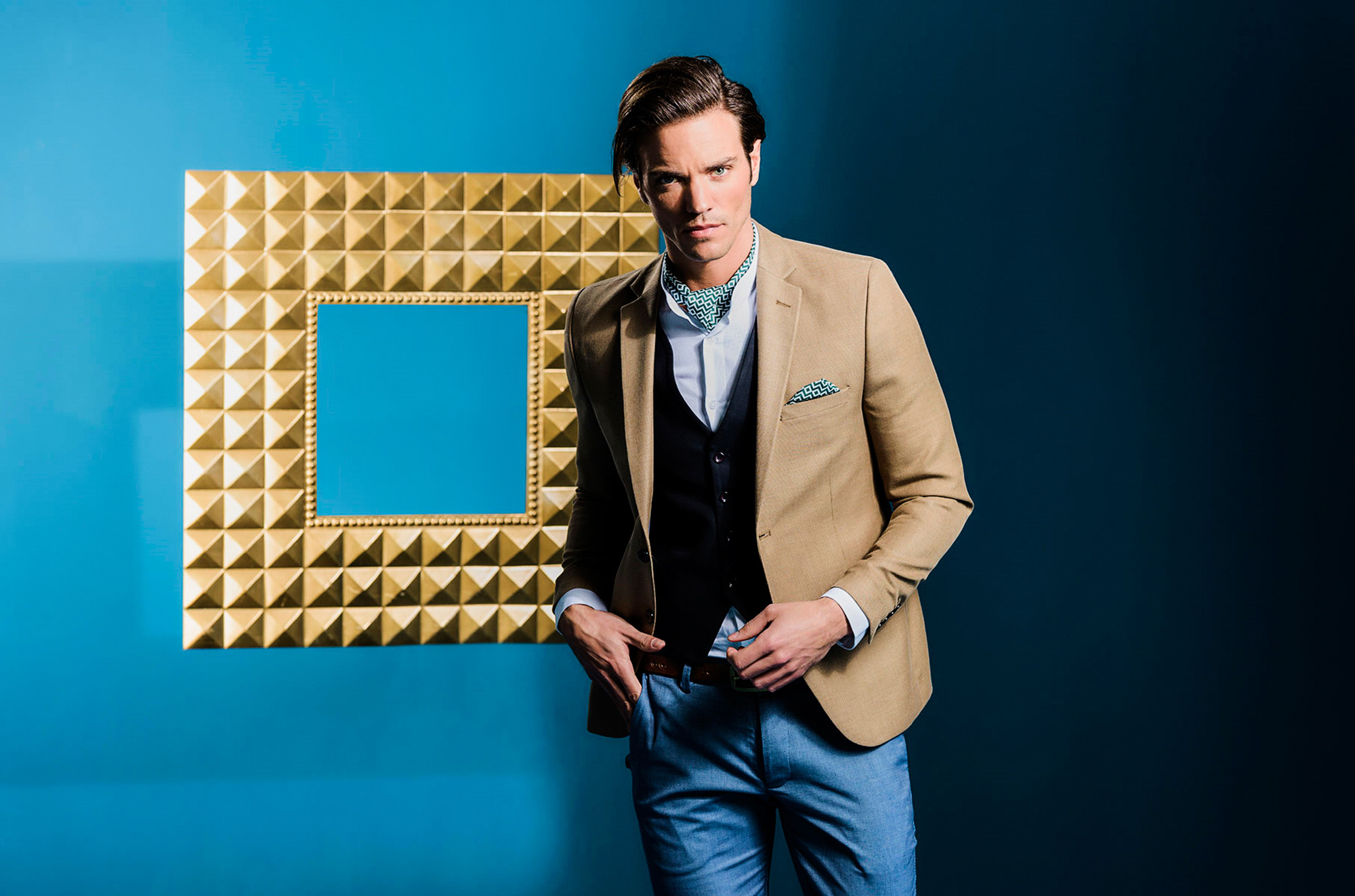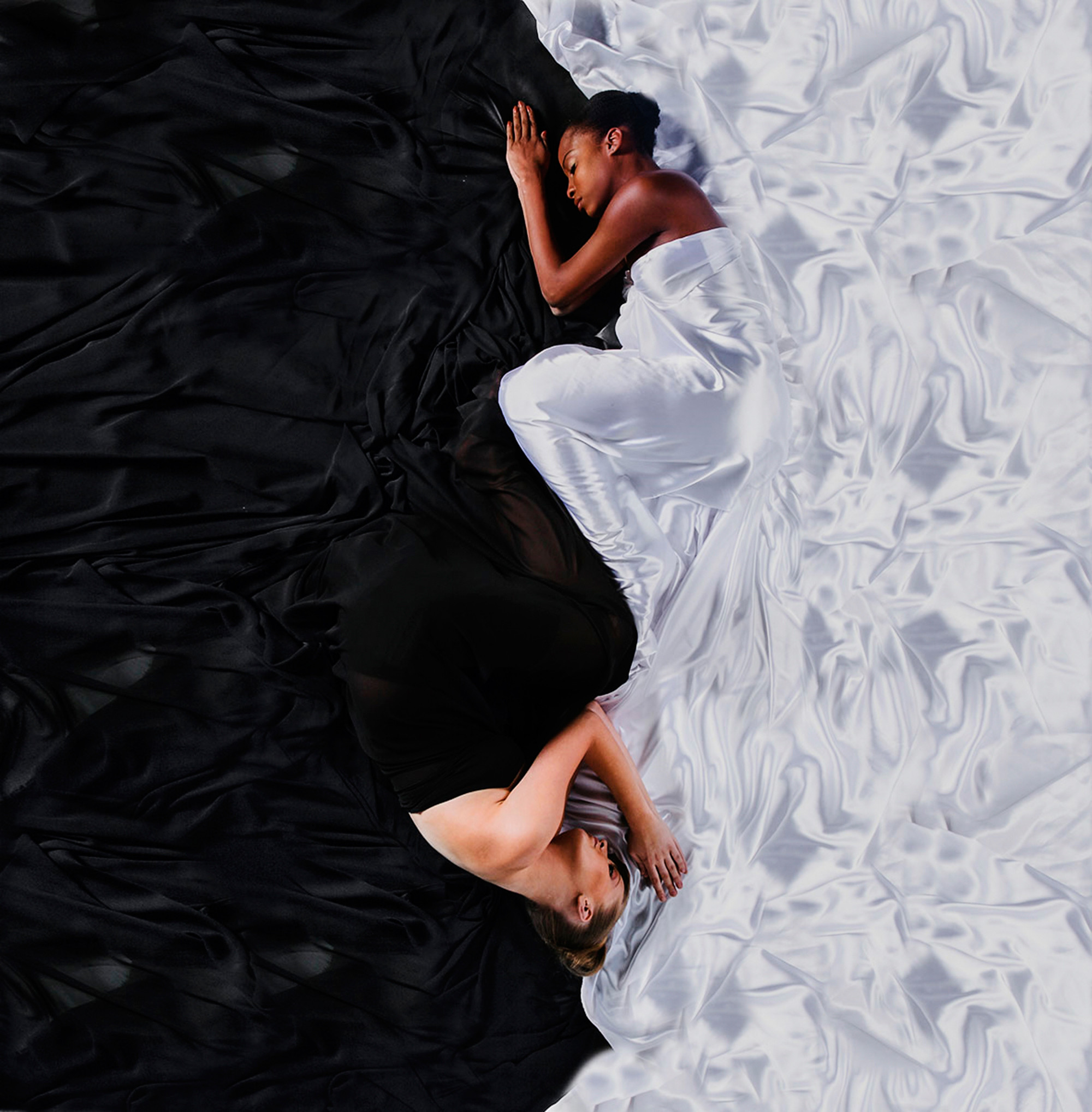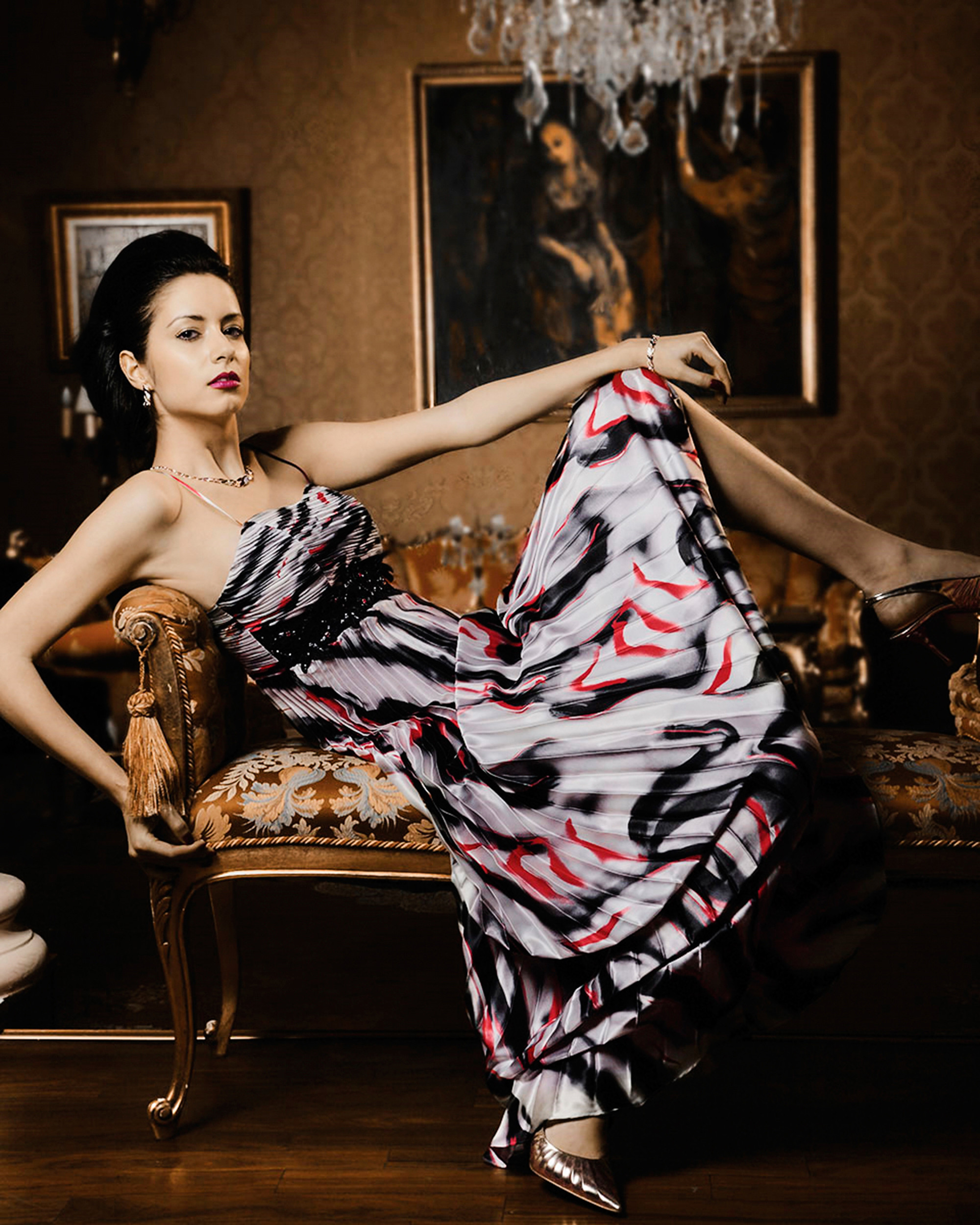As a photographer, fashion and textile photography means much more to me than simply showcasing a product. This field is a highly dynamic and creative discipline that lies at the intersection of technical skill, artistic vision, and commercial savvy.
Here's what can be said about fashion and textile photography from a photographer’s perspective:
1. These Two Fields Actually Serve Different Purposes
First and foremost, it’s important to distinguish between “fashion” and “textile” photography. Although closely related, their focal points differ:
- Fashion Photography: Tells a story, sells an emotion and a lifestyle. The product (clothing, accessory) is just one element of that story. The model’s pose, the setting, lighting, and styling all come together to create a mood. The goal is to make the viewer want to belong to that brand’s world. This category includes editorial magazine shoots, campaign images, and brand identity visuals.
- Textile Photography (Product-Focused Fashion Photography): The focus here is the product itself. The aim is to showcase the fabric’s texture, color, stitching details, fit, and how it falls—clearly and attractively. Shoots for e-commerce websites, catalogs, and lookbooks fall under this category. In this case, accurate color representation and sharp detail are critically important.
2. The Photographer’s Role: Directing and Technical Mastery
In a fashion shoot, the photographer isn’t just the person pressing the shutter; they are the director of the entire visual narrative.
- Lighting is Everything: Light is the soul of the photograph. We decide whether to use hard light to emphasize texture or soft, diffused light to add elegance to the model. The timing of natural light or the positioning of strobes in a studio can completely transform the image’s character.
- Communication and Direction: Communication with the model is key to a successful shoot. It’s the photographer’s job to direct the model to capture the right pose, expression, and emotion. Simple cues like “lift your chin slightly” or “relax your shoulder” can create the perfect frame.
- Composition and Framing: Building a composition that directs the eye to the product or intended focal point is essential. The model’s position, the simplicity or complexity of the background, the perspective created by the lens—these all contribute to the strength of the story being told.
3. The Shooting Process: The Effort Behind the Glamour
Behind the scenes of a fashion shoot that may look glamorous from the outside lies extensive planning and teamwork.
- Pre-Production (Preparation): 70% of a successful shoot is in this phase. Meetings with the brand, concept development, moodboard creation, location scouting, model casting, and assembling a team (stylist, makeup artist, hair stylist) all happen here. The shoot day is thoroughly planned during this stage.
- Production (Shoot Day): This is the day when the plan is executed—but surprises can happen (weather changes, technical issues, etc.). The photographer needs to remain calm and find quick solutions. This stage requires intense focus and energy.
- Post-Production (Processing): This is the final magical touch. From hundreds (sometimes thousands) of photos, the best are selected. Then color grading, light and contrast adjustments, and retouching are done. Especially in textile photography, color calibration is crucial to ensure the product appears true-to-life on screens.
4. Keys to Success and Current Trends
To be successful in this field as a photographer, there are a few essential principles:
- Understanding the Brand Identity: Without understanding the brand’s target audience and message, it’s impossible to produce the right visuals. A luxury brand and a youthful, dynamic brand require entirely different photographic languages.
- Obsessing Over Details: A wrinkle in the fabric, a nail polish mistake on the model, or an unwanted object in the background can ruin the photo’s quality. Perfectionism is part of the job.
- Believing in Teamwork: Fashion photography is not a solo performance. Harmony with the stylist, makeup artist, hair stylist, and art director is essential to a project’s success.
- Staying Current: Trends change rapidly. Today, overly retouched, unrealistic images are being replaced by more natural, authentic, and inclusive visuals (featuring different body types and ethnicities). In addition to static photos, video content (Reels, TikToks, lookbook videos) has become indispensable for brands.
For a photographer, fashion and textile photography is the art of taking a piece of fabric or a garment and giving it a soul, an identity, and the power to become a desirable object. By combining technical expertise with creativity, the photographer transports the viewer—if only for a moment—into a dream world and makes them think,
“I need to have this.”



